Natural Learning
|
I am concerned about educators, children, and families. I am concerned about educator burnout. I am concerned about children not getting the education and care they deserve. I am concerned that families are not finding suitable care and education for their child. I am concerned that our sector is in crisis and the human cost is huge. I am CONCERNED. What is happening? Why are so many educators struggling? Every day I hear about educators struggling with the workload, the children, the hours, the ratios and so much more. Digging deeper, some of the biggest issues are:
There is absolutely no doubt that everyone has been negatively affected by the current pandemic. The uncertainty, the changes, the lack of control, the fear, the restrictions, the negative news, and the fact that this has been constant over the past 2 years has ground everyone down. In addition, many parts of Australia then had catastrophic flooding with many ECEC services severely affected. How do you pick yourself up with a smile again, and again, and again? The sector was already struggling and have had to manage the additional challenges. We can see why this is a profession in crisis. Some solutions are immediate short-term solutions, what we need are solutions that are long term, solutions that become embedded in ECEC culture and practice. We need solutions that initially nurture and support while building knowledge, expertise and most important, resilience, in educators and children. Increasing resilience will enable all to cope, manage, accept, and even thrive with challenges. Back to basics. Services have a duty of care towards their educators as well as the children. If the level of expected documentation is causing or contributing to feelings of being overwhelmed, anxious, stressed and depressed, it is time for change, time for looking at other ways of working to reduce pressure while maintaining high quality. If children’s behaviours are challenging educators, it is time to explore why children are displaying such behaviours and ways of supporting the children and the educators to ensure best outcomes for both. It is time for critical reflection. Did you know that there are no legal requirements
Did you know that
What next?
Niki Buchan offers a range of professional learning opportunities including face to face, live online and recorded webinars and E-courses on a range of relevant subjects ‘Australian Learning Tracks’ documentation framework is a simple, practical, meaningful way of documenting and programming that is proven, popular and beneficial to educators, children, and families. Available as an E-course for individuals and groups on a price sliding scale as well as an in-person course presented by Niki in your setting. ‘Behaviours that Challenge Educators’ is available as an E-course, individual recorded webinars or as an in-person course presented by Niki in your setting.
9 Comments
Programming, documentation, observation, assessment, reflection, and so much more, are part of our professional obligations as educators. It is also the one area many educators find the most challenging, that causes them the biggest stress and anxiety, that sadly often causes conscientious educators to leave the profession. Yes, it is a hill we have to climb but why has it become an often insurmountable mountain?
If the answer is yes to any of these, maybe it’s time to rethink your programming and documentation. Why? For educator health and well-being and for the children in your care. What do the regulations say? What are the expectations of educators in this regard? Standard 1.3 Assessment and Planning Educators and co-ordinators take a planned and reflective approach to implementing the program for each child. Assessment documentation must be kept for each child. There is no prescribed method in the National Law or National Regulations for documenting assessment of children’s learning. For children who are preschool age and under, this documentation should include:
Is it.......
Why have we started sending regular photo updates to parents every day, whose idea was that? Yes, the parents like it and ask for it and now demand and expect it. Does it benefit the children or the educators? No, it disconnects us from the children and is just another responsibility for educators. Parents can get regular/daily updates when they come to the setting. 10 Considerations and Reflections 1. Consider who we are programming and documenting for. I document for the 1 children, 2 parents, 3 myself and 4 assessors 2. What they want to see. Children and parents value photographs, children's mark making and drawings. Parents value children's voices as well as the learning and development identified. From my experience, the more we write the less parents engage with it. 3. What we should document NOT EVERYTHING! EYLF and MTOP are play and leisure based frameworks so the majority of our documentation should be of play. There is no requirement to document everything and every day. 4. Format - electronic or BIG Book? My preference is a hard copy, a BIG Book where up to 10 children can contribute together as a community. A smaller individual journal/individual portfolio. This is sensory, allows children to revisit their experiences and learning when they choose to, even 6 months later. Allows children to reflect on their own learning over time. Children can continue to add to past experiences. Physical objects can be included. Children can share books with other children. 5. Who should be involved in the documentation All educators and adults engaging with the children as well as the children themselves. I believe children have a right to know what we document about them and be part of the process. 6. The best time to document When the children are there, when it suits everyone, different times of the day, small groups choosing to participate. 7. Why the children should be included Working together in a BIG book creates a community of learners, highly meaningful small group experiences. Observing adults scribe children become aware of the link between the written and spoken word. Children have agency, they can request that some stories are not told or photographs not used. 8. Children's contributions Choosing photos, cutting them out, gluing them in, talking about them, adding drawings or marks. Children may also take some of the photos. 9. Adult's contributions Meaningful photographs. Support and engage with children documenting their own experiences. Observe, reflect and analyse experiences and conversations with children. Develop Planning Possibilities linked to your reflections of children's experiences and conversations. Identify and make learning and development visible to families. Photograph sections or pages of the BIG book to add to the individual books. Link progression in children's learning and development to EYLF?MTOP 10 Non contact time Used for reflection, research, making of resources
As educators we observe, plan carefully from the children's interest, reflect, identify the intentional teaching, we do necessary benefit risk assessments to ensure children are as safe as necessary, we source suitable materials and prepare thoroughly, we provide motivational resources to invite children into the play and then we hand the play over to the children - or do we? Jo had carefully planned a sensory experience with orange play dough, wooden sticks, a range of containers, utensils and herbs outside on a large wooden table. The children patted, moulded and poked the sticks into the dough, they tore off different size pieces and squeezed them into ice trays and other containers. They were fully engaged while Jo observed, critically reflected, provided, monitored, replaced hats, moved the shade umbrella without interfering in the play. SPLASH! A fishy blob moulded out of dough was dropped into the water jug with the other sea animals already in the jug, the dough settled at the bottom, more dough was added. "Look, we can see the whale and the fish in there," Lots of laughter and close observation as the children bent down to look from all angles. PLOP, an octopus joined the other creatures in the water, "oh, it broke, the legs fell off, don' worry, I got the head. It's wet, its slimy, ugh". He picked up a metal pot warmed by the sun placing the wet head/blob into it "to dry". The ice tray with dough was then submerged into the water and after a few minutes listen out. "Oh ugh, look, it's slimy, slimy, slimy, slimy" He squeezed and pressed down onto the tray, squeezed some more, laughing he commented "its making a noise, listen, it's a slimy noise" as he repeated the movements. "slimy, slime" as he stroked the wet dough on the table, back and forwards creating a milky film. "Look, look, I can't see in it" They looked from the top and from the side, the water had become milky and opaque, he dipped his hand in and 'found' hidden objects feeling around for different sea animals. The child initially reluctant to put her hand into the mixture became brave and joined in feeling, stirring, mixing and trying to see her hand through the side of the container. "I wonder why we can't see in the water anymore?" the educator asked, the children ignored the question, they were too busy investigating and experimenting to respond. One child made a small wet play dough ball and placed it into the funnel attached to a hose on the fence, he pushed it in and added water. It was a water wall after all. The water no longer flowed, the dough blocked it, he could see it in the pipe. A handfuls of wooden sticks from the table were used to try and push the dough further into the pipe. More water, one of the blobs moved with the water before getting stuck on the up slope. Looking, thinking and problem solving as he jiggled the pipe and pushed the sticks. Then he left to play and experiment something new, just like that! REFLECTION. An essential role of a professional. Jo had not planned for the newly made dough to be added to the water but quickly realised the benefits of allowing the children to continue their explorations and investigations as they were deeply and joyfully engaged in their own play. Their ideas were so much better than she could have anticipated or had planned for. Why did the child stop his investigation into the blocked pipe? Maybe he needed time to think and problem solve. Jo did not unblock the pipe or make any other changes leaving it to see if he would come back to it and he did! The next day he immediately ran to the funnel again attempted to try and unblock. the system. After numerous experiments he unblocked it with a hosepipe! What a lost opportunity it would have been if the educator had stopped the dough going into the water, had prevented the dough going into the funnel, had tidied up or unblocked the pipe overnight, Sometimes children too need to move away from the problem, reflect and come back again later. We as educators need to enable this. Assessment of Learning: science - sensory exploration, problem solving, experimenting, predicting, anticipating, property of materials, water force, scientific thinking, noticing, cause and effect, maths - size, volume, capacity, shapes, counting creativity - creative thinking, moulding objects, technology - using tools for a purpose such as funnel, pipe, sticks, pot, jug communication - verbal explanations, body language, vocabulary, expressive language connection - sharing experiences and thoughts with educator and peers. gross and fine motor development sense of agency ...................... just some of the learning observed. CHILDREN DEFINITELY HAVE THE BEST IDEAS! Thank you to Jo and the children in WA for letting me come and play too
I couldn’t believe the advice settings in the UK were allegedly given to relieve the financial burden some settings face. According to an article posted in Nursery World, Educators are being advised to take in ironing, seek donations, work in their own time, do the cleaning and sell take away meals to families. What an insult to our profession! I was stunned into silence for a short while at the audacity. How many other professions have been given this advice by business managers? I dare say NONE! This leads me to consider; is Early Childhood Care and Education a profession or an industry? According to the Miriam Webster Dictionary, “Industry applies to the producing of commodities, especially by manufacturing or processing, usually on a large scale.” A profession is “a calling requiring specialized knowledge and often long and intensive academic preparation”. I am a professional. Maybe we should stop referring to our profession as an industry unless we are producing a commodity on a large scale, I desperately hope that children are not seen as a commodity, that would be unethical. I would like to think that all Educators are professionals, that they have not only studied in this field but that they also constantly research and attend professional learning events near and far, in their own time and paid time, to challenge their thinking. With current best practice being informed by research, knowledge and experience it is important that we as professionals keep up to date and make the necessary changes to ensure best outcomes for children. That is one of our important responsibilities as professionals, we can’t consider ourself a professional if we do not follow current best practice. Our career. We are trusted to work with THE most vulnerable age group; babies and young child who are still so dependent on adults, who most often do not have a voice yet, who do not get to choose where they want to be, and who need adults to speak out for them. The first two years of a babies life sees the most rapid growth throughout their life span, they go from helpless, reflexive babies to toddlers who can walk, communicate and reason. Then on to children who can run, jump, climb, draw, write letters and numbers, problem solve as well as master a language. These are the some of the most important years in any child’s life and children deserve the best care, connections and environments to thrive in. Professional educators have a responsibility to provide this, their status, wages and working conditions should reflect this. It is NOT an easy profession. Educators are not always valued as professionals, often seen as babysitters and often challenged by parents and other adults in the child’s life instead of being seen as the qualified experts they are. Salaries are criminally low, educators could earn more in an industry where no qualifications are needed. Morale often tends to be low and staff turnover high, why would you stay in a profession without appreciation or respect for your valuable skills? This leads to a young and often less skilled workforce caring for the children who most deserve and need the highest quality care and education possible. A total mindshift about the importance and value of Early Childhood Professionals is critical for the immediate and long term health and well-being of our young children. Educators who are committed to their chosen career, who feel valued and respected by parents, managers and others without the qualifications and who are paid a decent wage will be the motivated and strong advocates all children need and deserve. Don’t insult our profession by expecting Educators to take on additional roles that are not in line with those of a professional educator, this will have a negative effect on the children and the adults and lead to early childhood environments that do not allow young children to thrive. Treat professional educators with the respect they deserve, our children deserve this.
Two different posts this week - both with a similar message and I just could not keep quiet! What are we doing to our young children? Why do adults think it is acceptable to shame children publicly, to judge them, to expect all children to be the same, to conform, that there is no place for individuality or creativity? Adults have a choice; to undermine children's attempts or to support believing children as capable and competent. I believe that educators will not intentionally do anything to harm children, we only know what we know but it is through an open mind and research that we can find new ways of working fairly and justly. I will put my hand up as having made many mistakes in my long career but hope that I have always been quick to rectify once I realise there are better ways of working. Post 1 Behaviour Charts I have always cringed when I see public behaviour charts, is it fair to show up the children who are not able to conform to the teachers standards? Not just in charts but verbally too. I put myself in the place of the child, would I want to be picked out because I can't sit still on the floor, wasn't able to do the mental arithmetic, didn't tidy up as well as the next child? This public humiliation is not helpful and not fair. Every child has a story which may be untold. Surely as mature adults we support, mentor and boost self esteem rather than undermine! How many adults would cope with such public humiliation? Why should small children be expected to cope? It may be very hard, it may be impossible for that individual. What is their story? "Publicly displaying a child’s negative behavior ultimately destroys self-esteem and self-respect. It is degrading and doesn’t reflect true child development which needs to recognize all the small successes and failures that are a natural part of growing up. Growth and Development isn’t black and white or green, yellow, and red. Charts like the stop light system essentially indicates to everyone in the room that someone has failed today and there is no room for failure in this classroom or that someone has had a successful day and to be successful, you must be like everyone else." Thank you to Deborah J. Stewart, M.Ed. more from Teach Preschool Post 2 Skill Charts One is bad enough but then a collection of colouring in guide charts appeared with sad faces for not colouring in the lines. What if the child has a developmental delay, poor muscle tone or other reason for not being able to stay within the lines? What will it do to the child's self esteem? A sad face if the child's interpretation of colour is not the same as the adult? Who says stars are always yellow? A sad face if there are white spaces, why? Then a star chart with a slight difference, this time more than two colours have to be used to 'get' 3 stars, what if the object only has the one colour? Interestingly, the sun below gets 3 stars although it is only one colour, yellow! Another version of the colouring in chart, this time apparently after training around this strategy. Why can trees not have autumn colours? In gum trees come with a multitude of different coloured and textured tree trunks. No white spaces now means filling the whole page. WHY? (more about the 'Bump it up' strategy at the end of this post) What is the intentional teaching behind all of these? What is the adult trying to achieve? Creativity? I don't think so! Eye-hand co-ordination? Let them play and this will develop naturally. Fine-motor development? As above Following instructions? Surely there are more motivational ways! Developing a particular skill? Mmmmm......what? Relaxation? Not with a judgement and sad faces! We need creative innovators for the future development of society. Let's encourage creative thinking and not conformity. Bump It Up - I was curious about this concept of 'Bump it up' so googled it and came across a range of images, some obviously not linked to academics!! 'Bump it up' is about meeting the Premier’s Priority to increase the proportion of NSW students in the top two NAPLAN bands for reading and numeracy by 8% by 2019. Setting clear targets and goals for older students to work towards and achieve in maths and literacy. I can see the benefit of understanding the goal but should the children's names be publicly linked to the level they have achieved? I do not believe this is the intention of the strategy, Would we do this to adults studying? IN CONCLUSION: Judith on a Bam Radio interview, believes that displaying records of children's progress in public view may actually be illegal!!! Confidentiality plays a role but most importantly to me is that children develop at different rates, I believe children are all geniuses and each one should be celebrated. Good self esteem and confidence leads to success. Let's celebrate all those unique abilities. Disclaimer: All images are found publicly on Facebook, Google or Pinterest.
This is a sentence that stood out for me! Why? Because it is a fact that is so often not acknowledged. Not only that, this was a comment made in recognition of an outdoor nursery's great achievement and well earned award as Overall School of the Year in the UK! On a recent trip to the UK I was extremely privileged to spend a day at Boldon Outdoor Nursery School where I met up with Sue Stokoe and the dedicated team who had recently won not only Early Years Setting of the Year but also Overall School of the Year. What does 'getting it right' look like? An indoor space full of natural, real life opportunities. Permanently OPEN DOORS to the outside A playground with 'spirit', culturally relevant. The Beach. Appropriate clothing and open ended opportunities. Adults who value and protect TIME. Unhurried and without unnecessary adult agendas Opportunities for children to challenge themselves with sensitive adult interaction A close connection to animals, respectful and caring. A Wild Space, full of adventurous opportunities A gathering space to rest, to have conversations, to keep warm and to have a snack A place to be hidden, out of sight of the adult A warm, cosy shelter outdoors to snuggle up and BE A place where friendships and connections are naturally formed Where families feel valued These are just a few of my observations of a beautiful centre that is getting it right early on.....Thank you and CONGRATULATIONS on the well deserved acknowledgment of what is important in children's lives.
Do I believe in School Readiness? YES definitely - schools need to prepare themselves and be ready for our vulnerable young people transitioning through life! It makes me sad, angry, frustrated, mad when I hear that early childcare centres staffed by professionals, where children should be nurtured, valued and supported through researched and developmentally appropriate experiences, are formally "preparing" children for school. This usually involves:
Companies large and small have sprung up with a huge commercial interest in promoting school readiness programs using and abusing parental fears that their child is going to be left behind. "Tutors" feeding off these fears now offer extra lessons to children under 5 at astronomical costs to families. There is NO RESEARCH evidencing the long term benefits of such drastic early interventions. There IS RESEARCH showing that developmentally inappropriate experiences are harmful to children especially when 'done to children' at the expense of developmentally appropriate opportunities such as play. Sitting still is inappropriate when research shows children learn through movement, Being forced to learn to read and write is inappropriate when research shows most children best pick up this skill at the age of about 7. Sitting at a desk in front of a worksheet is inappropriate when research shows children learn best through sensory experiences. Developmentally appropriate learning is physical, active and sensorial - children need to develop their core strength before they are able to sit still, they need to develop upper body strength before they can effectively control a pencil. Many children do developed these early and have a desire to read and write at an early age, I would never hold back a child just as I would never push a child who is not developmentally ready yet. Occasionally a child may need early intervention to support development. We can't teach a child to crawl or walk, we can provide a supportive environment. Some children walk at 8 months, others at 18 months - does it matter? Some children are skilled talkers, readers or writers at 2, others at 4, or 5 or 6 - does it matter? Why do some adults feel that children need to be taught certain skills such as maths and literacy that have a 'commercial' value attached to them when providing a rich and supportive environment will allow children to develop these and other skills at their own rate without stress or even trauma! Childhood is not a race, every child develops at their own unique rate. As PROFESSIONALS working with children we need to nurture and support parents and not unreasonably add to their fears and concerns. We should be aware of developmental milestone ranges and not send parents to their doctors because a 4 year old boy is unable to sit still on the mat for 20 minutes. Our professional judgment is then called into question, my own GP recently commented "what is it with these early childhood teachers? They keep sending parents to me because the children don't sit still and can't concentrate, I then see a perfectly normal active child, often a little boy". Could it be that 'crying wolf' too often harms our professional status? We are the advocates for children and at times we may have to stand between the child and others - if we don't stand up for their rights - who will! When supporting children during the transition to school process in the last term we can talk about some school expectations such as all sitting together and lining up - we don't need to practice or prepare for years. I have not yet started to practice for my even older age! Mentoring and supporting parents, who only want the best for their children, is one of the roles of a skilled educator. Sharing that our curriculum is a play based curriculum researched and created by experts in their field. That play in an intentional environment is the foundation of academic learning. That teaching letters and numbers explicitly puts us in breach of the early years curriculum. Sharing research on the benefits of play such as these: Play shapes the structural design of the brain. Secure attachments and stimulation are significant aspects of brain development; play provides active exploration that assists in building and strengthening brain pathways. Play creates a brain that has increased ‘flexibility and improved potential for learning later in life’ (Lester & Russell, 2008, p. 9). Young children’s play allows them to explore, identify, negotiate, take risks and create meaning. The intellectual and cognitive benefits of playing have been well documented. Children who engage in quality play experiences are more likely to have well-developed memory skills, language development, and are able to regulate their behaviour, leading to enhanced school adjustment and academic learning (Bodrova & Leong, 2005). During a recent PD session in Perth, WA, Australia, a young educator approached me with information she shares with her families. Thank you very much Kathryn Yew of Whole Hearts Personal Child Care, for so generously allowing me to share some of your work. Her document, "Working Smart IS Play", considerations for School Readiness, Life balance and Navigating Child-Rearing (0-7), explores a number of life skill factors including::
(document shortened) Well-being (Interpersonal)
(for sitting in class) and Healthy Mind/Body Relationships
(Literacy, Math, Physics, Biology, Chemistry, Music/Art, Social Sciences, etc)
Learning Dispositions, Executive Function and Character Building
“Children's extraordinarily powerful drive to play…came about to help them survive. Throughout human history and pre-history, play has been children's primary means of acquiring the skills, values, and knowledge they need to survive within their culture. Children do not play to avoid the realities of life; they play at the realities of life. In doing so they come to grips with those realities--physically, intellectually, and emotionally” Peter Gray Ph.D. Value of Play III: How Children Confront Life's Challenges. https://www.psychologytoday.com/blog/freedom-learn/200812/value-play-iii-how-children-confront-lifes-challenges Reporting on injuries to children while in careAs I walked around the rental car with my piece of paper comparing the sites of previous damage I suddenly had this brainwave!!!! We could create such forms for children - a little outline of a child, front and back of course, to document injuries! On arrival parents hand us the form with existing damage on their child clearly marked. At the end of the day we hand the child back with this form having marked any additional damage - the goal being not to add any further damage to the child! Parents check their child against the form and go home armed with this and of course a pile of accident forms completed in triplicate to account for every new mark. Brilliant I thought!!!! Far fetched? Not if we look at what is already happening! Could this be where we are heading? Already educators are filling in accident forms, often in duplicate or even triplicate, for every little mark, every scratch, bump or bruise. Some parents examine their child to look for any damage not accounted for by the educator so that somebody can be held accountable and the 'lack of supervision' can be questioned. Educators spend their days shouting ‘be careful’, ‘no climbing’, ‘ no running’, ‘no touching each other’, ‘keep hands to yourself’. Children are kept indoors because they can be 'controlled', it is seen as less risky than the outdoors. Should there be a new scratch, educators feel responsible, parents may be phoned at work, accident forms are completed and handed to the parent with an apology. "When we hand a parent an accident form, what are we actually ‘saying’? Learning injuries, common childhood injuries…..injuries that come with freedom and play, those grazed knees from running so very fast, we could sit and pick the scabs off? That magnificent bruise falling off the wall that you could boast about to your peers, even that broken arm you got when you fell off the monkey bars (you do need a form for this one!)? I spent my childhood envious of others with plaster casts, I wanted a broken arm too so my friends could draw on my white cast…..I wanted it so badly that I pretended to have a broken arm! I too wanted this 'badge of honour'. Common childhood injuries are evidence of a high quality childhood, not of neglect, negligence or lack of supervision! We spend far too much time focussing on physical injuries when the greatest majority of these are not serious or permanent. They are easily measured - how many accident forms filled in? How many band-aids dispensed? Lets look at the bigger picture of what actually constitutes real harm. What about the emotional harm we cause children by preventing them from having a childhood, the long term consequences of depriving children of the opportunity to make decisions, to take risks and face challenges….these are hard to see or measure but could have long term permanent consequences Nobody want to see children hurt, we have duty of care but we need to look beyond the physical. I am not advocating for additional tick lists recording emotional damage but lets look at the common sense approach to protecting and supporting children to be children. There is a place for accident forms but not a place for 'stupid' accident forms. Australian regulations require one for serious injuries where the child has reasonably needed medical treatment. This does not mean a cold compress or band aid was applied, this means the child needed to see a doctor, dentist, ambulance or hospital! Use professional judgement as to when an accident form should reasonably be completed. I would complete an accident form for: Do not apologise to families, you are following procedures, you did nothing wrong. Do not focus on the negative, share the positives with families. "you should have seen how well she problem solved climbing the tree! She does have a scratch on her face but she had such fun and was so proud of herself for achieving her goal"
In conclusion, nurture your parents, advocate for children, realise the benefits of having some accidents, do not apologise to parents and throw away those stupid accident forms! PS I never did break a bone! Can we have too many rules when working with children? How many rules would be too many rules, how many do we really need? Do we actually need rules? I would suggest the Rule of 3? 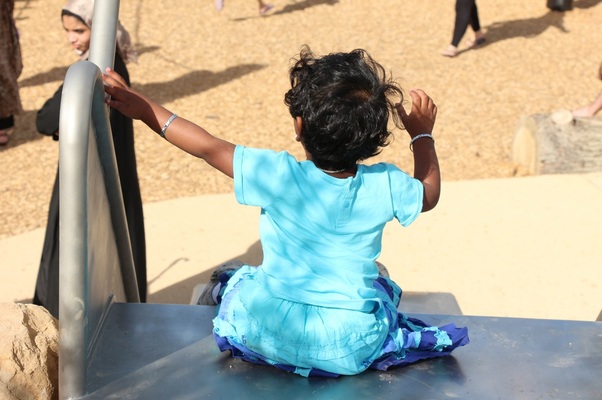 The Humble Slide This simple piece of apparatus attracts more than its fair share of rules:
Sound familiar? This scenario is played out in countless early childcare settings daily. Of course it then needs an educator posted on "slide duty' to enforce the barrage of rules. The minute nobody is monitoring, those 'disobedient' children will climb up the slide and slide down on their tummies!! Imagine that!!! WHY....because children consider these stupid rules made to be challenged. Life consists of boundaries and expectations but do we make far too many adult rules for our young children? How confusing to have different rules in the child care setting, (even between educators), home, grandparents, friends, restaurant, shops ...... no wonder our young children often struggle to follow all in their intricacies. Then there are the rules that are inconsistently followed up - more confusion for our young children! We try and keep children safe but often inadvertently go overboard and extensively 'bubblewrap' so that the opportunity or activity becomes boring with none of the original benefits. Every self respecting child then looks for new and exciting opportunities which may be far more dangerous. In my view the only way we can keep a child safe is by them being able to keep themselves safe. Yes, they are capable and competent and this is where the Rule of 3 comes in. Actually ...... we don't have rules - we have agreements, a concept I took from Teacher Tom Hobson when we worked together in Australia. Reaching agreement with children is far more effective than the adults dictating countless rules. Children have been consulted, they take ownership and it is not just another silly thing adults tell them to do ... nobody likes to be told what to do, I certainly don't! How do we reach agreement on the Rule of 3? To start off we have a meeting with the children to talk about boundaries, preferably as equals, not with the adult sitting on their 'throne'.
When we think about it, all the rules we make are made to protect the children, the adults and the environment. So now that we have reached this agreement, the next time we see a child climbing up the slide we can suggest "remember our agreement? Are you feeling safe? Are you likely to hurt others or damage the slide? No? That's fine then". There will be times when children may not be able to accurately judge the real risk of a hazard and will then need additional adult support and information to keep themselves safe as necessary. In most cases children are trusted and given the opportunity to make decisions to keep themselves and others safe with gentle guidance from the adults. Children then face the consequences of their actions and are able to reflect on how their actions impacted others. So in conclusion, in the Rule of 3 we as a community agree that:
Disclaimer No children were injured in the making of these photographs! Thank you Jeff and Tasha Johnson of Exploration Early Learning for playing here with me! |
AuthorNiki Buchan Archives
March 2022
Categories |
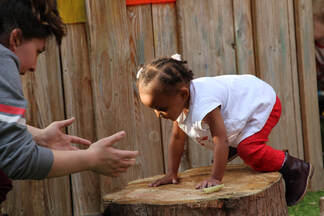
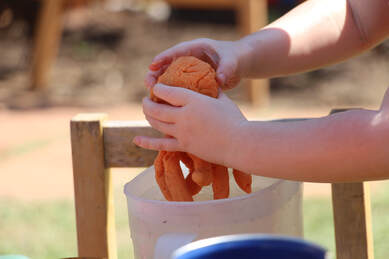
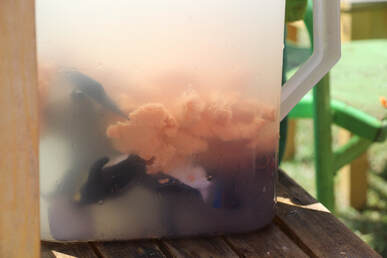
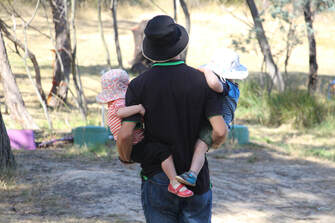
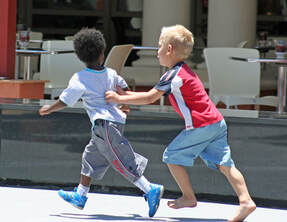
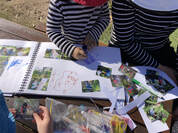
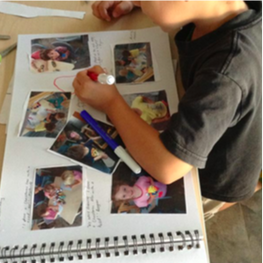
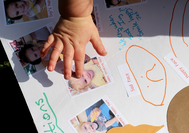
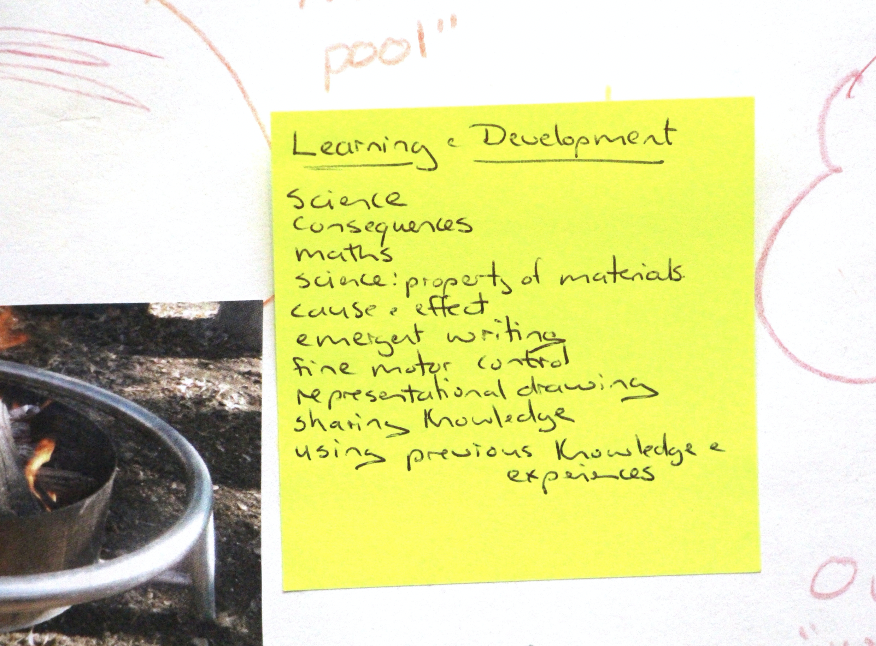
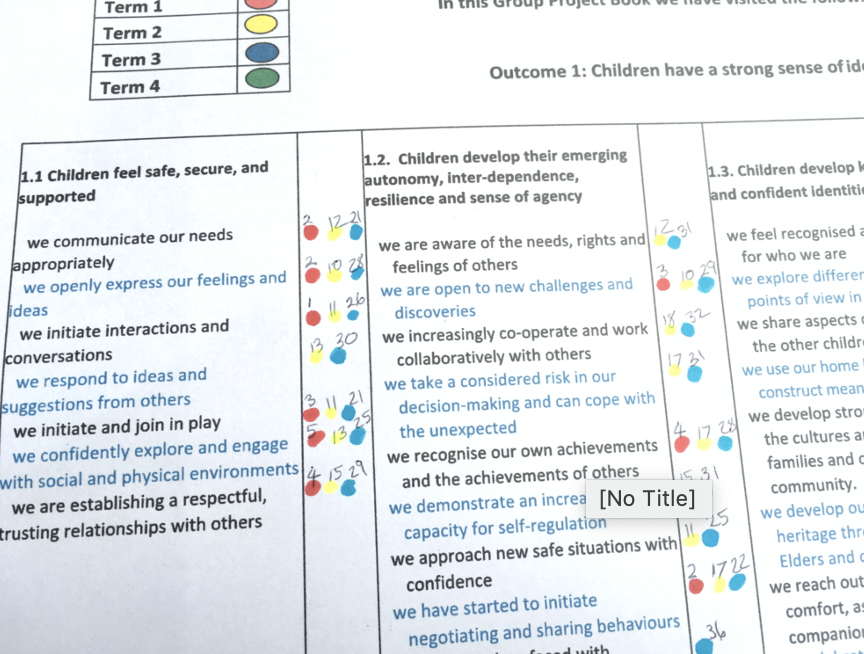
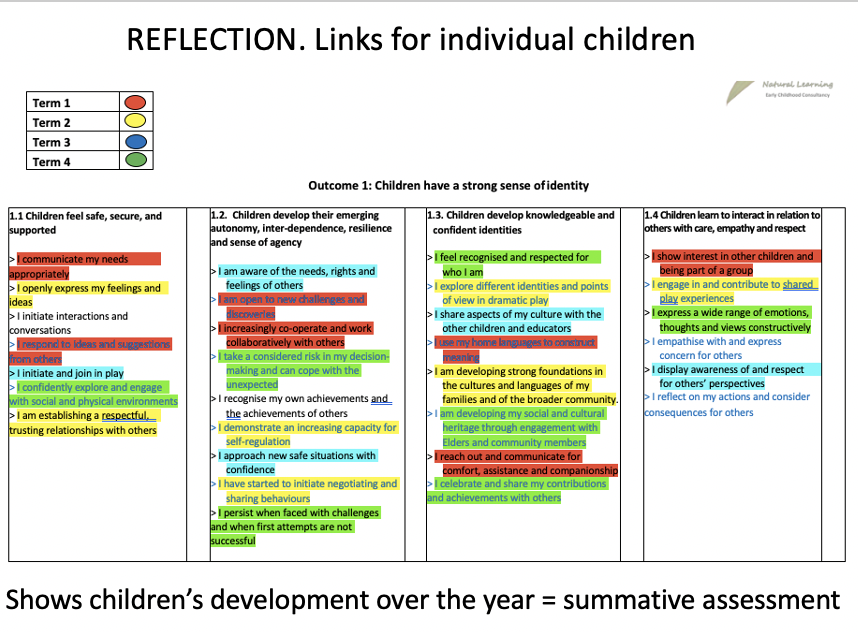
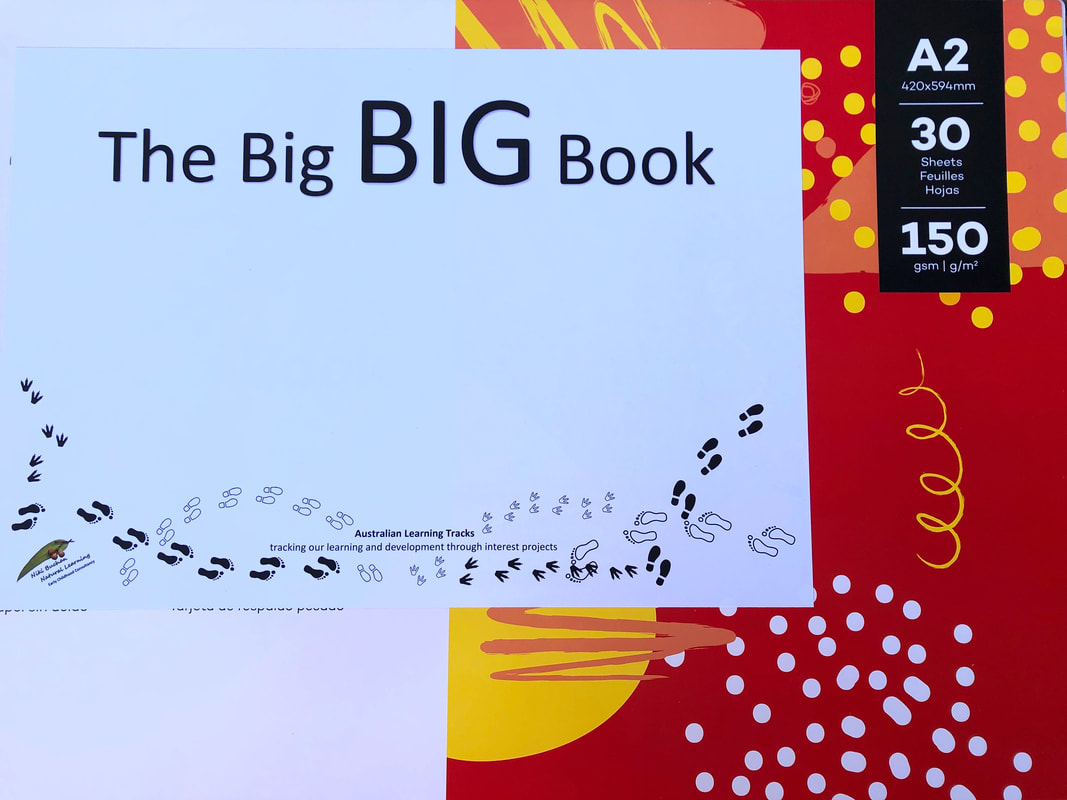
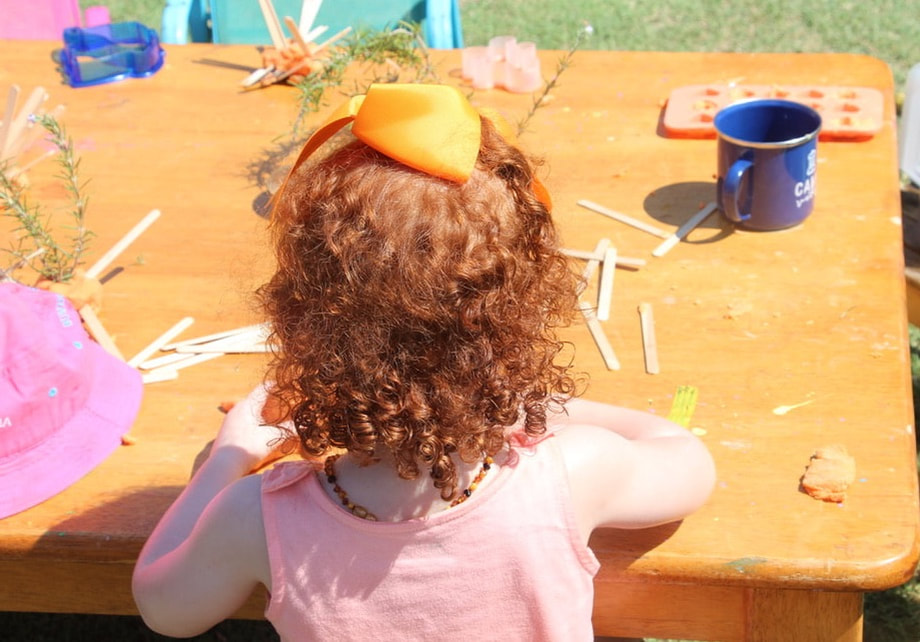
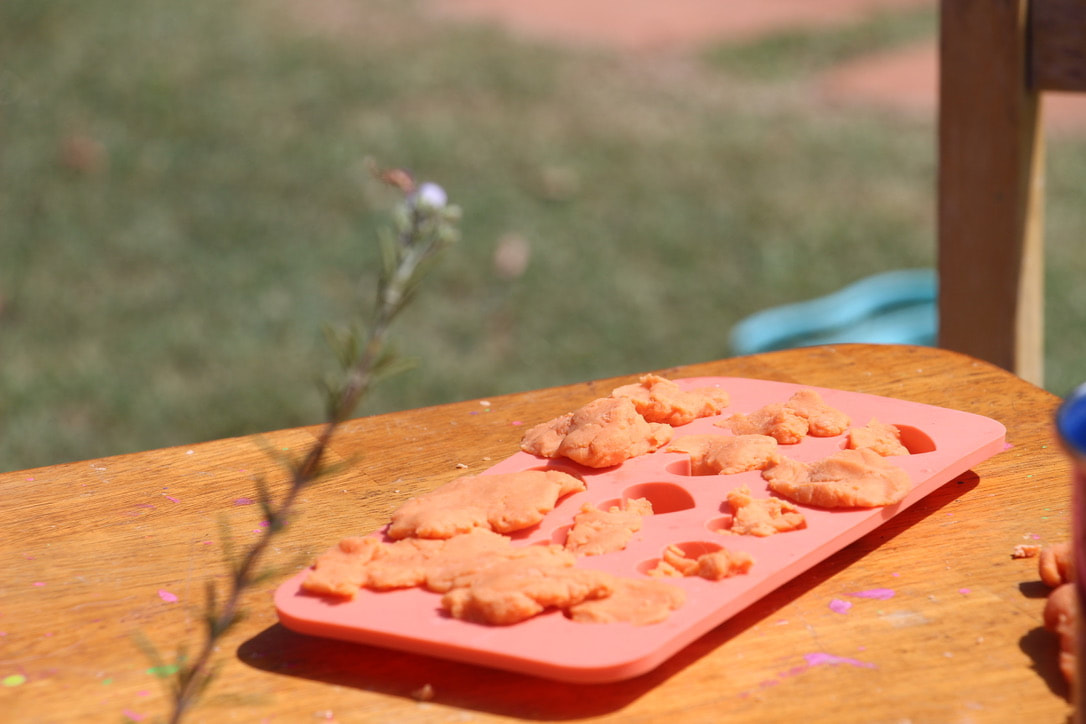
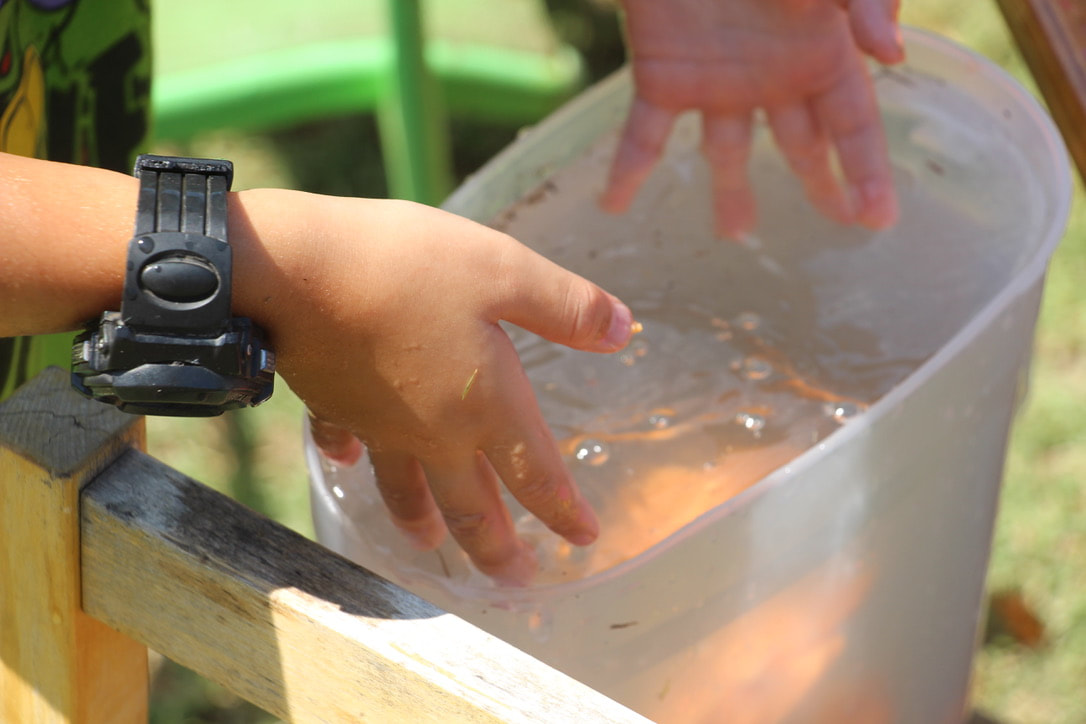

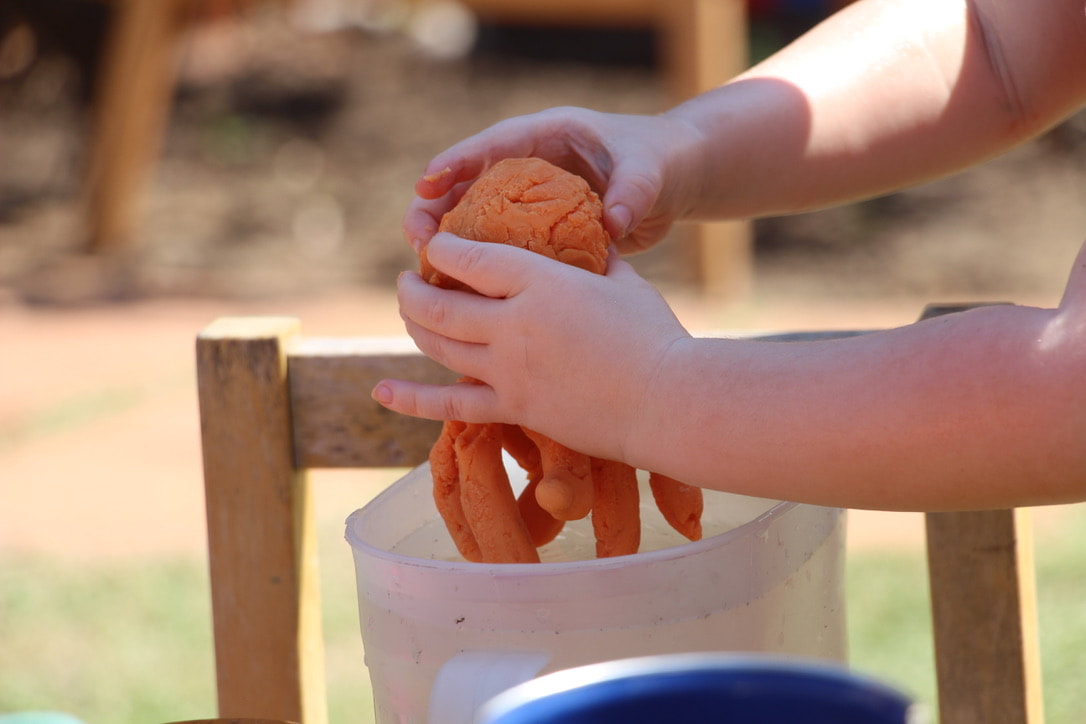
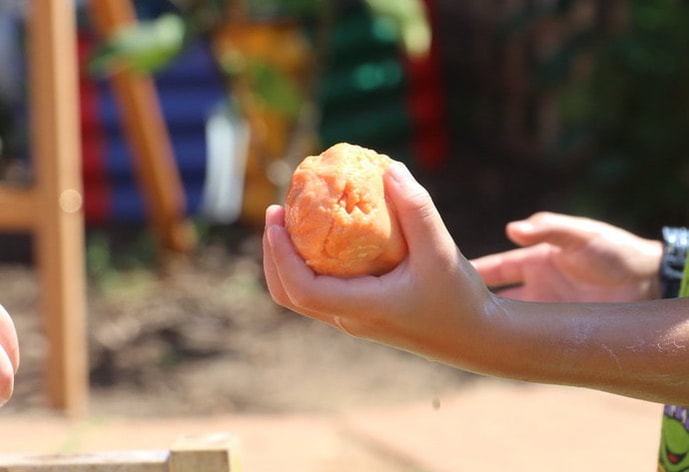

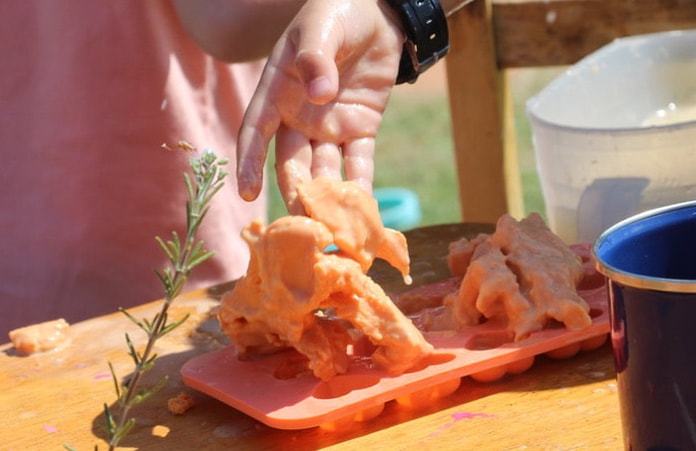
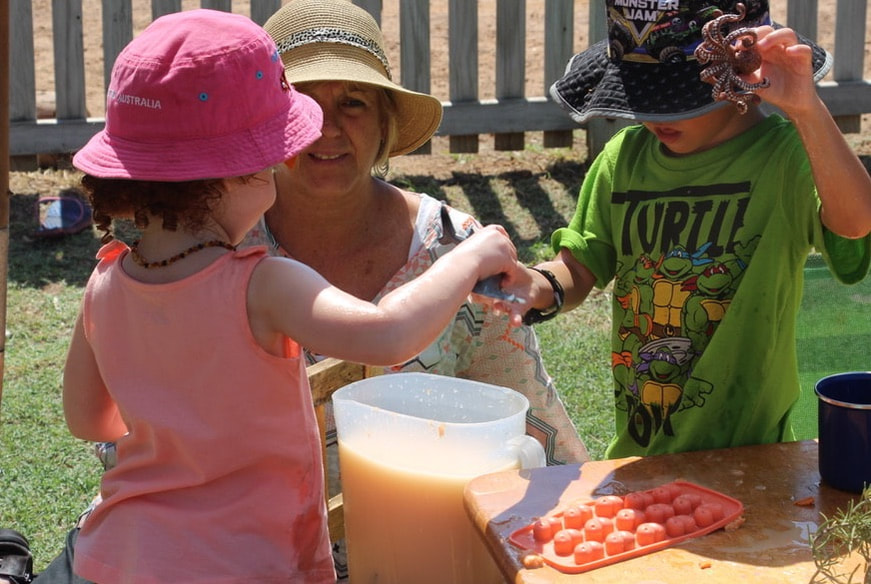
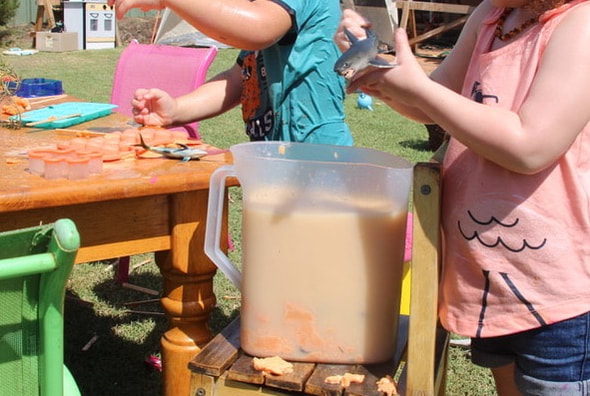
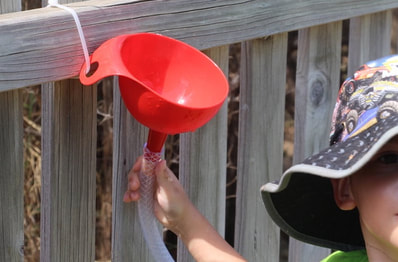
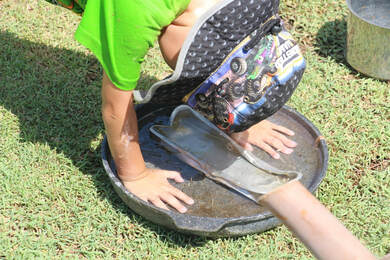
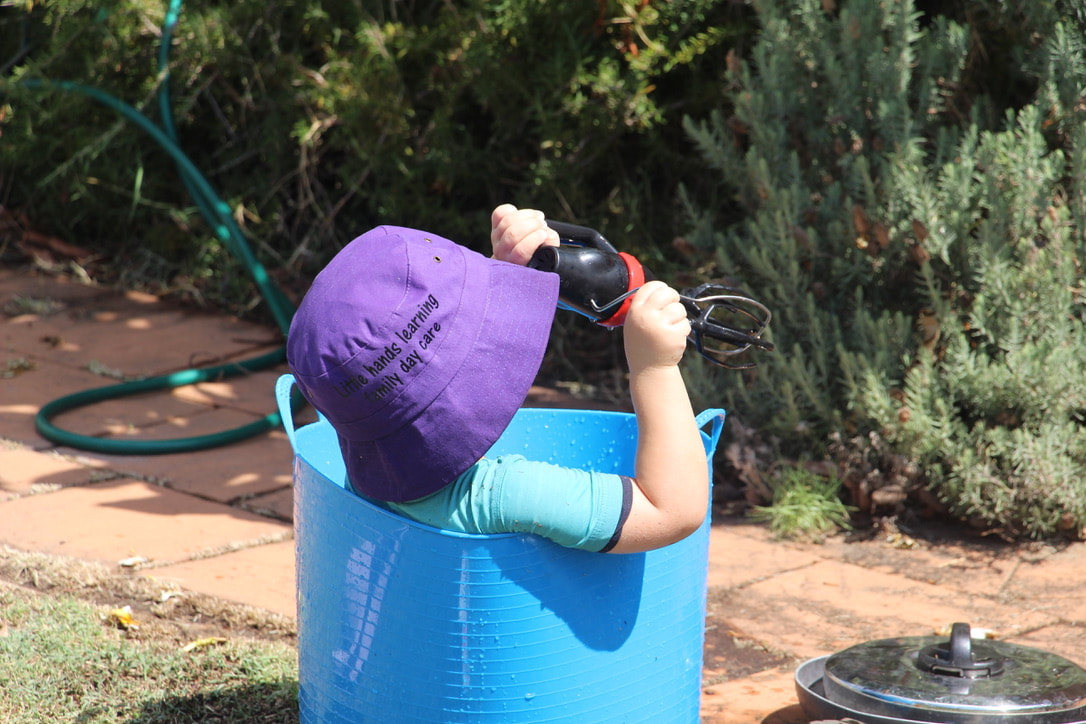
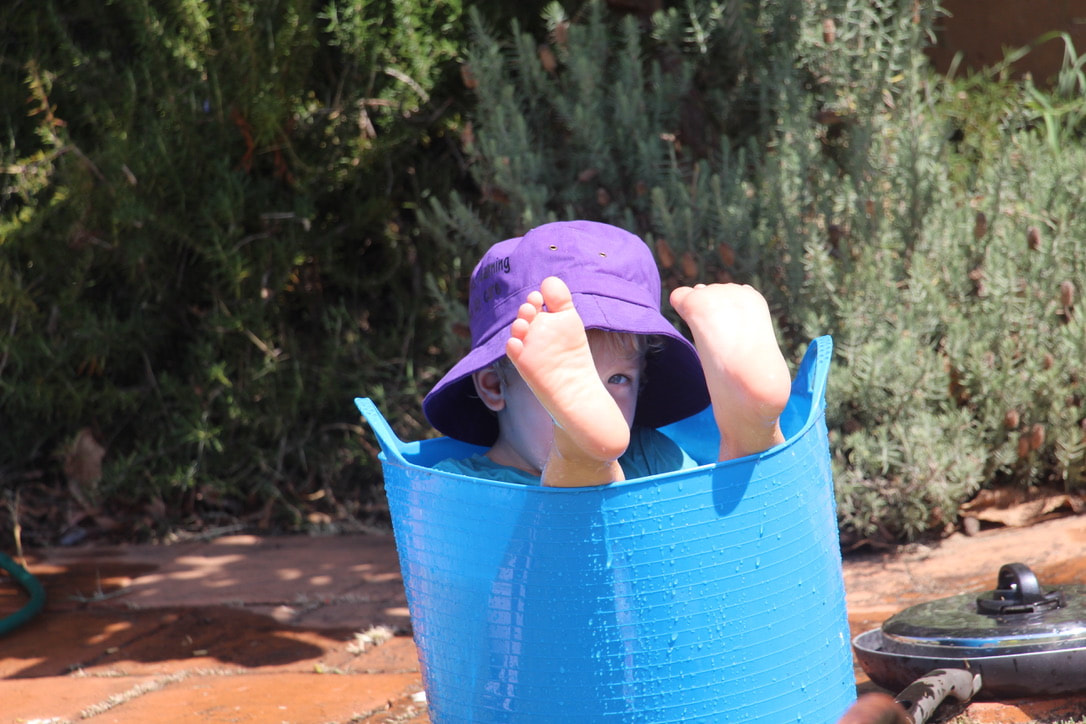
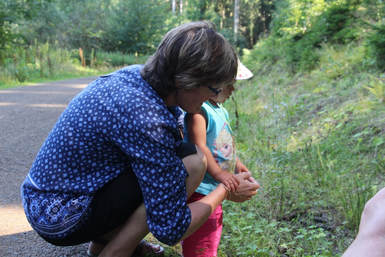
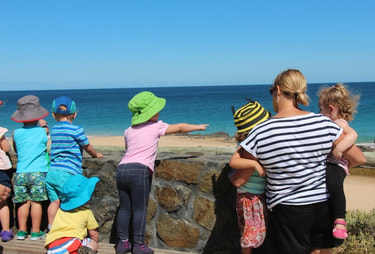
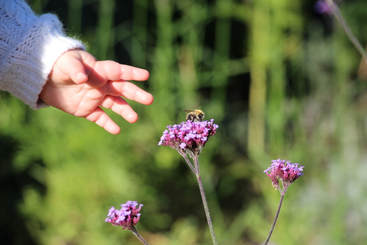
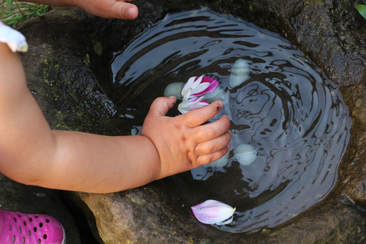
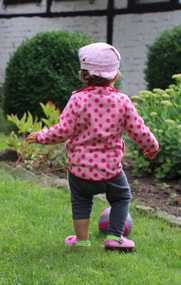
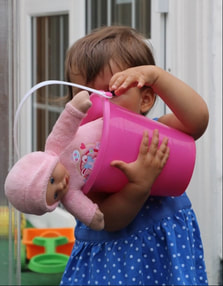
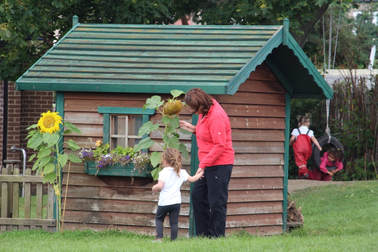
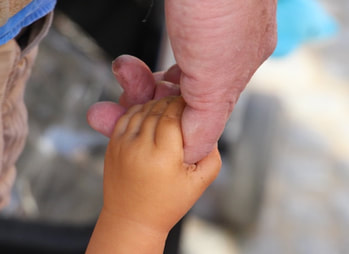
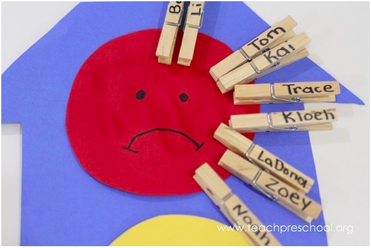
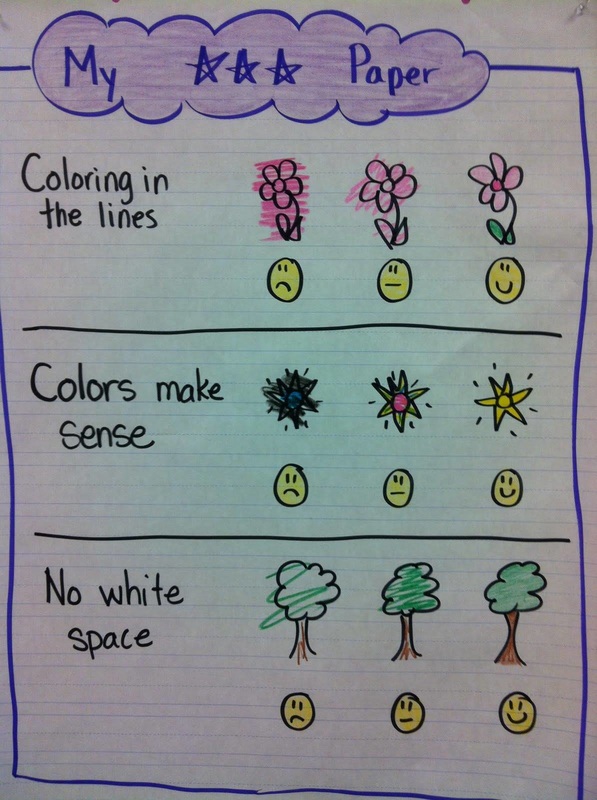
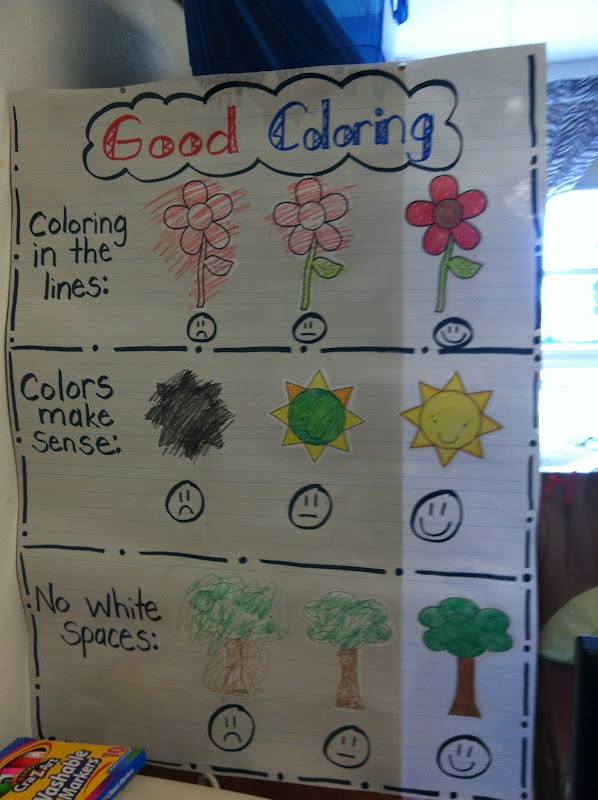
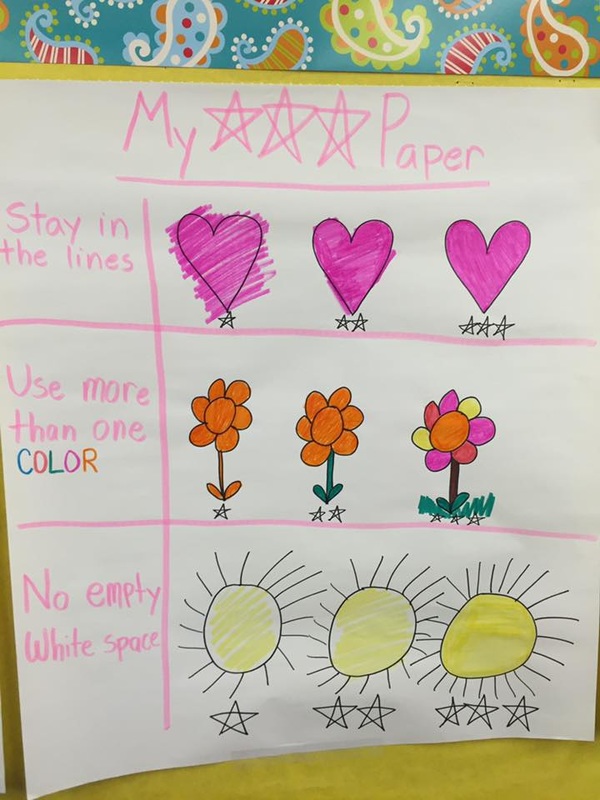
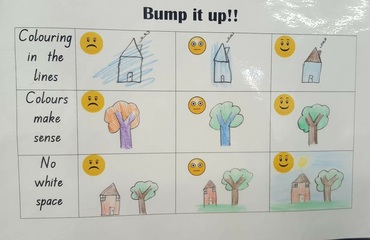
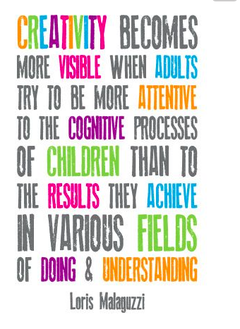
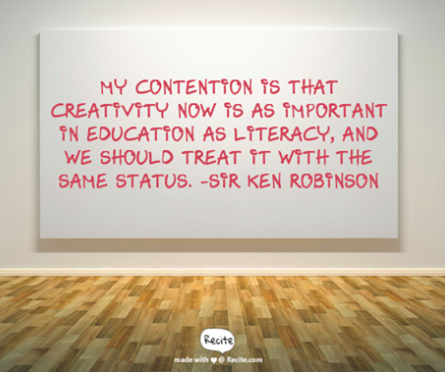
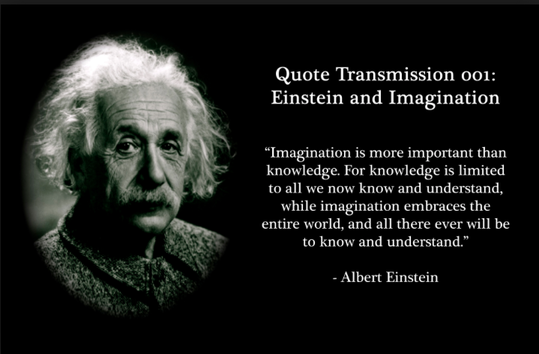
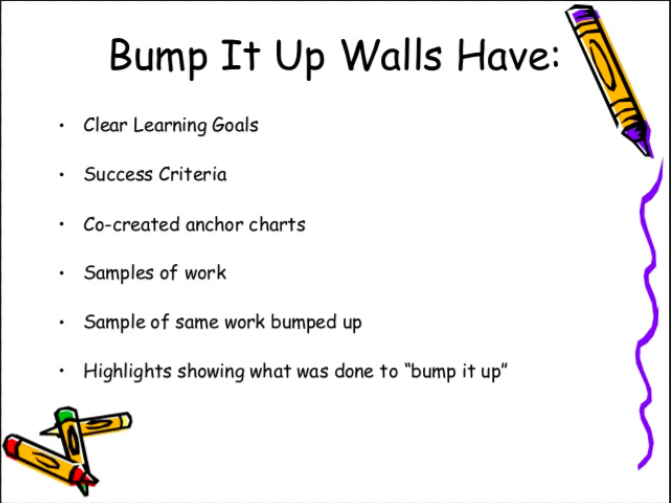
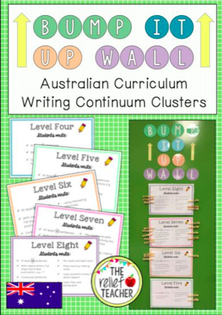
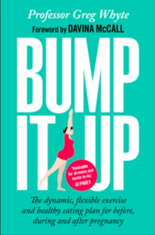
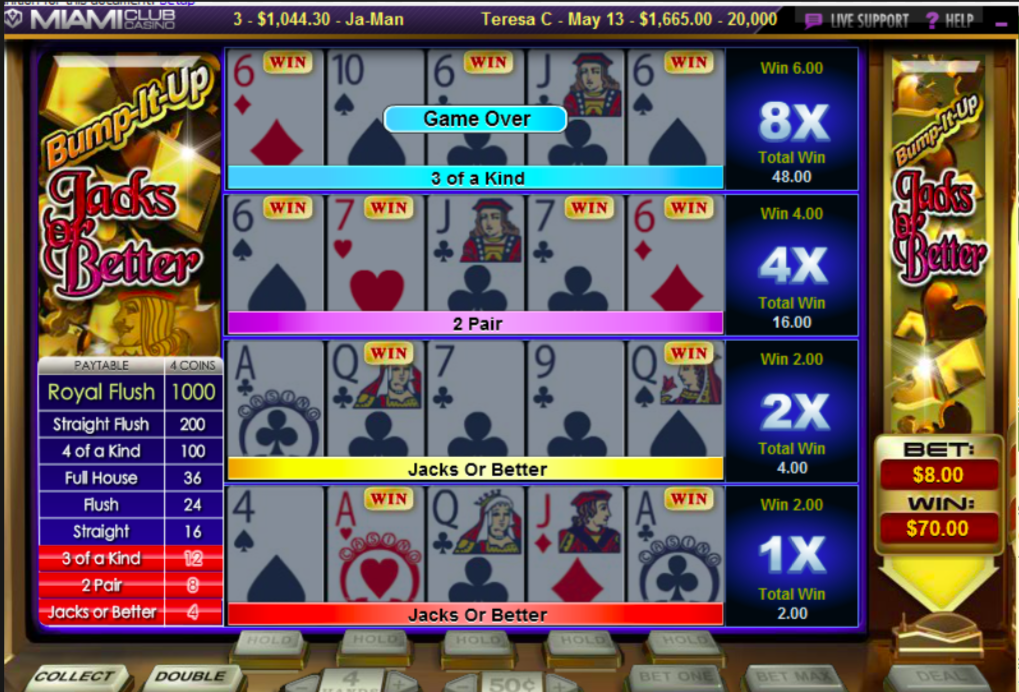


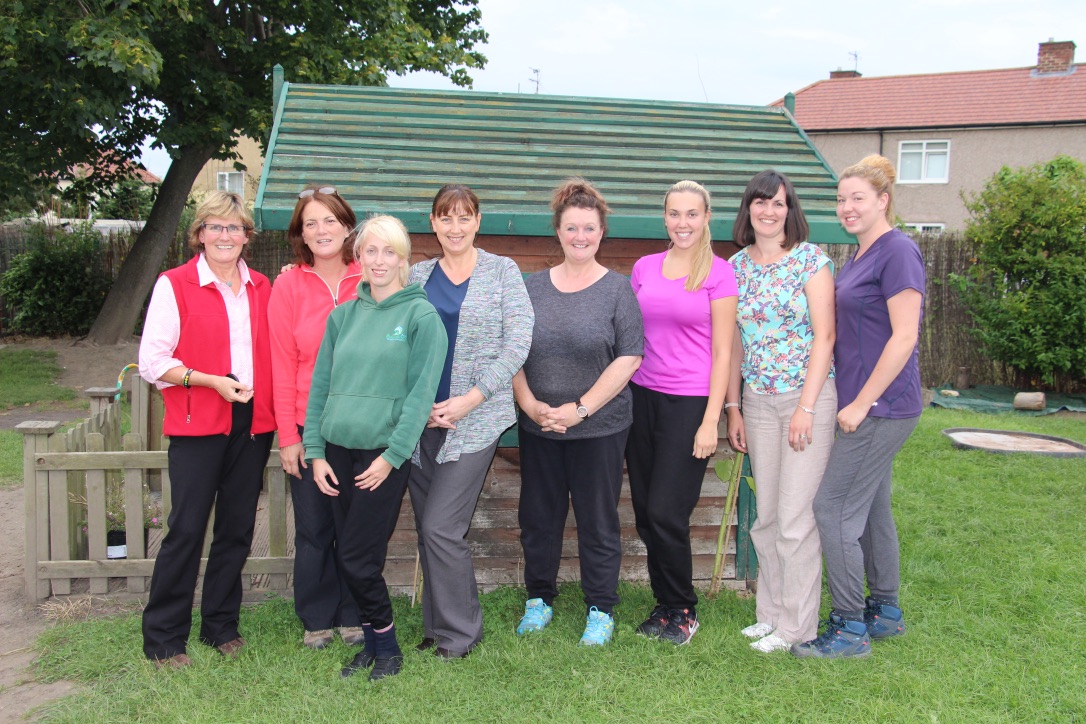
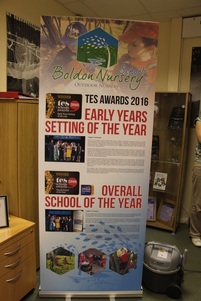
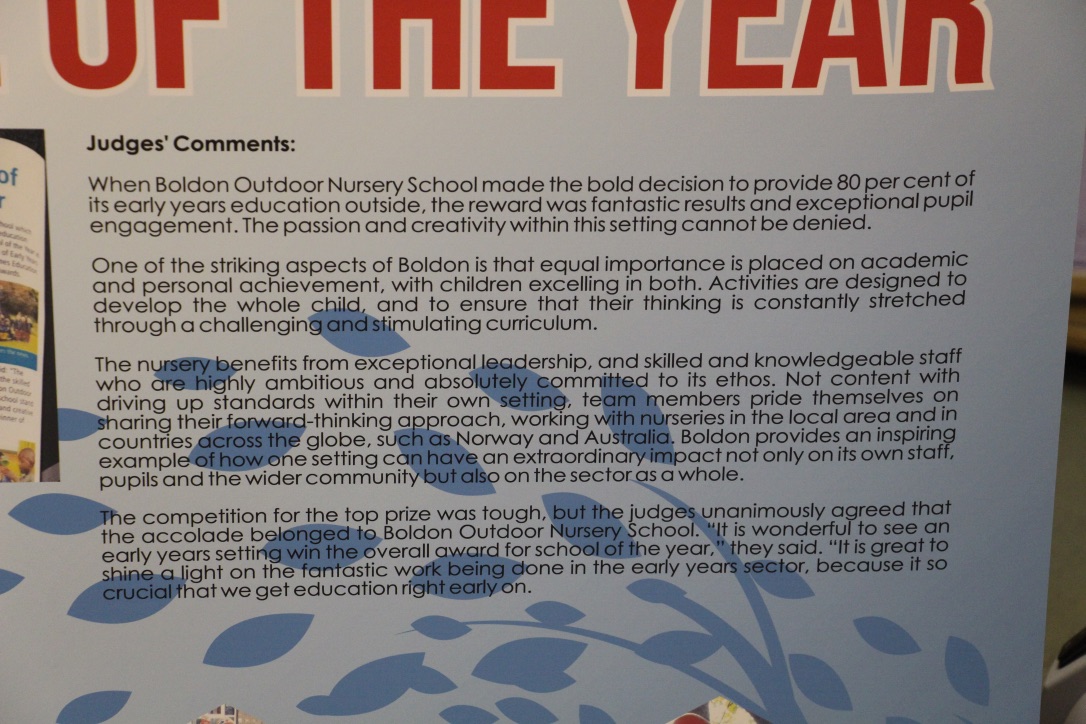

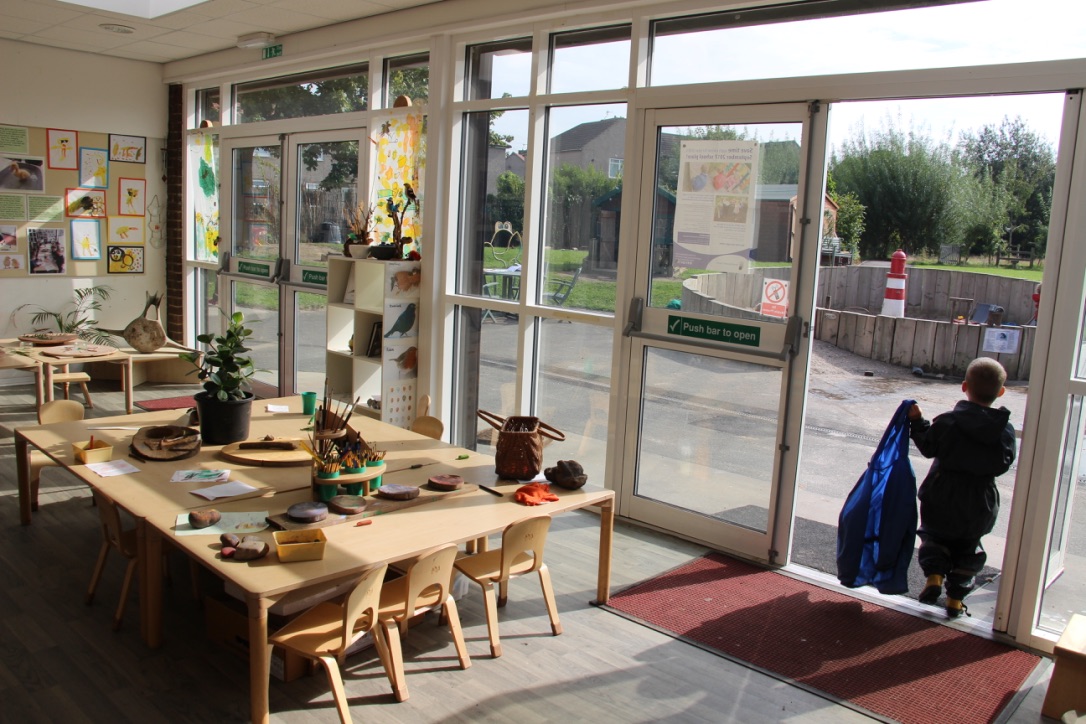
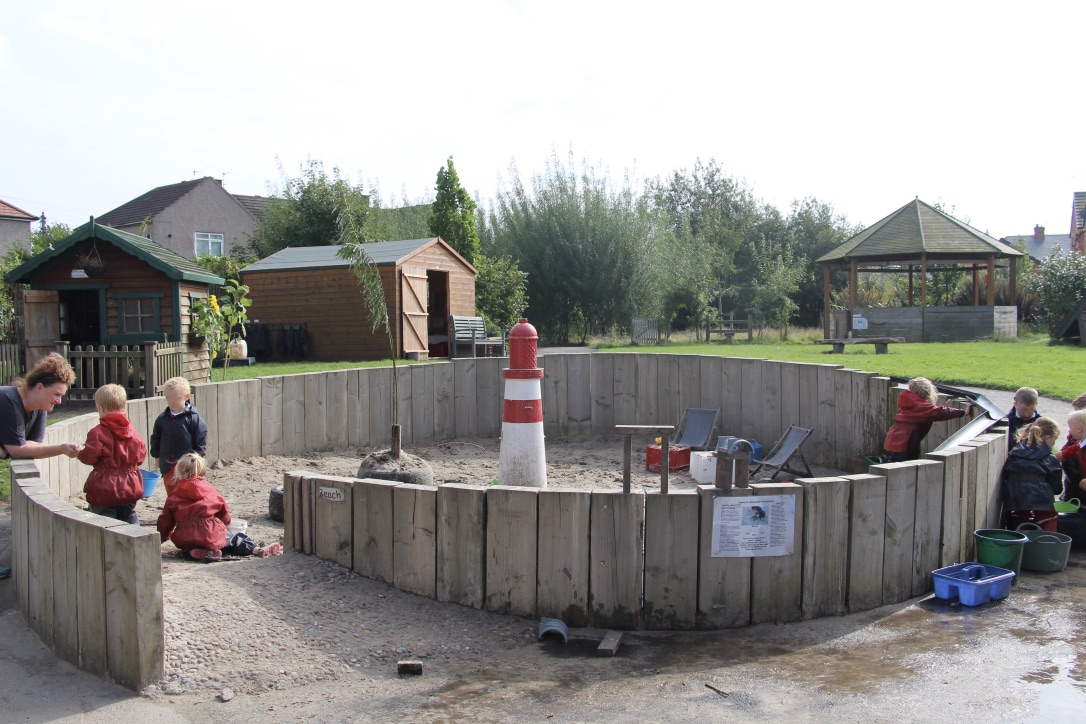
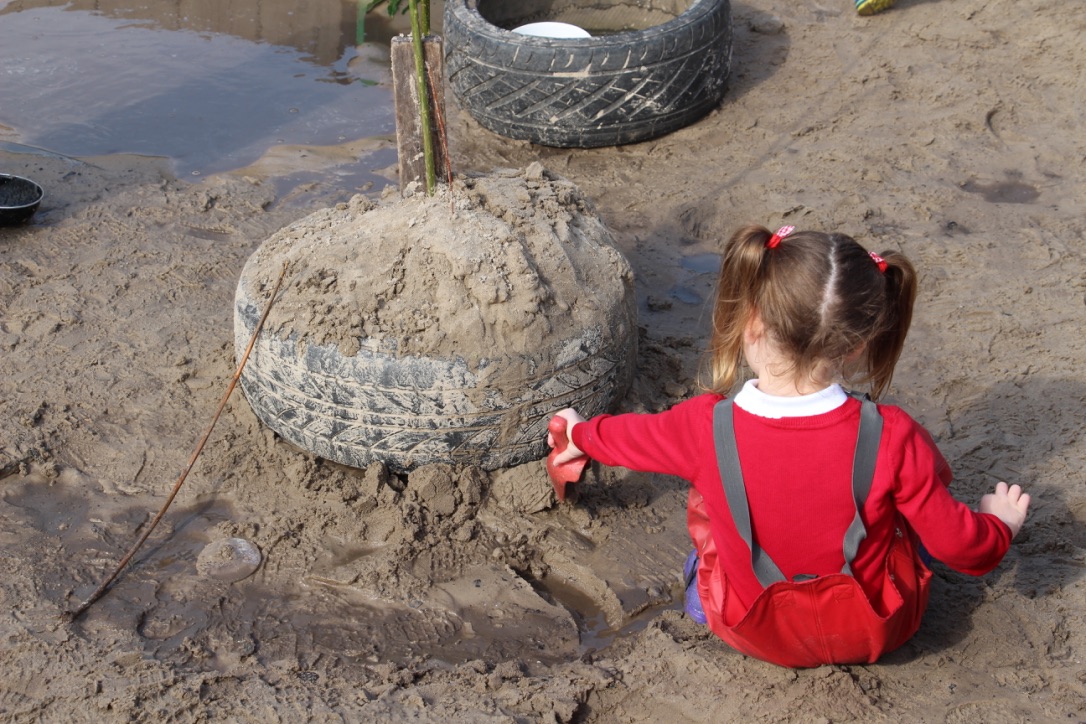

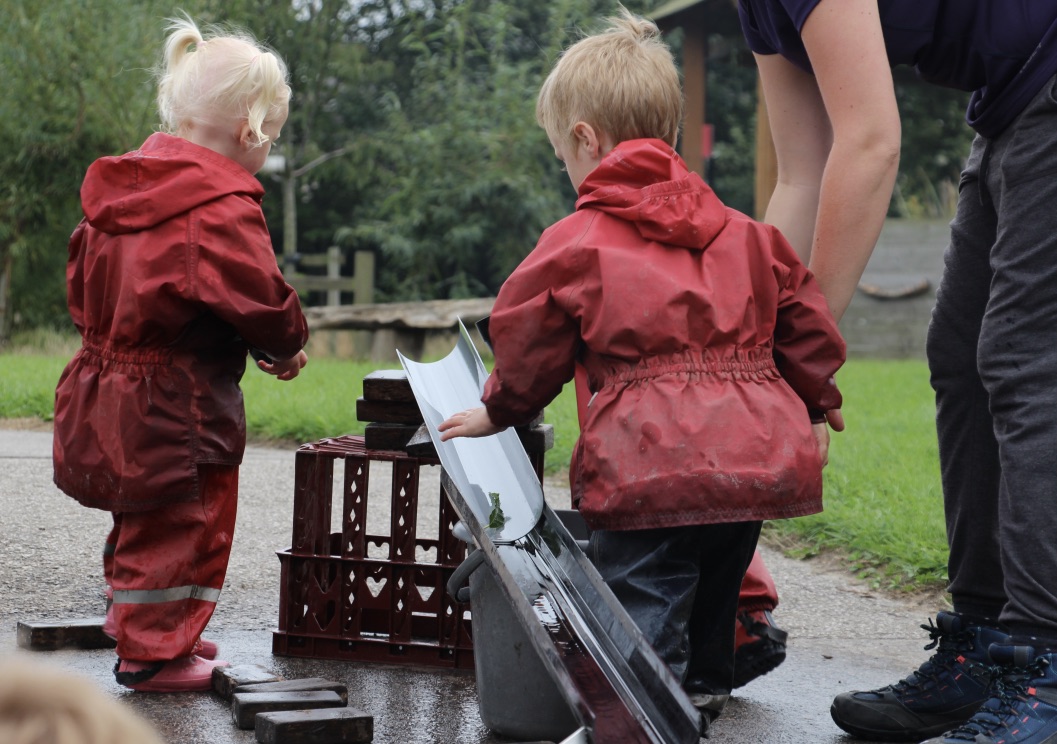
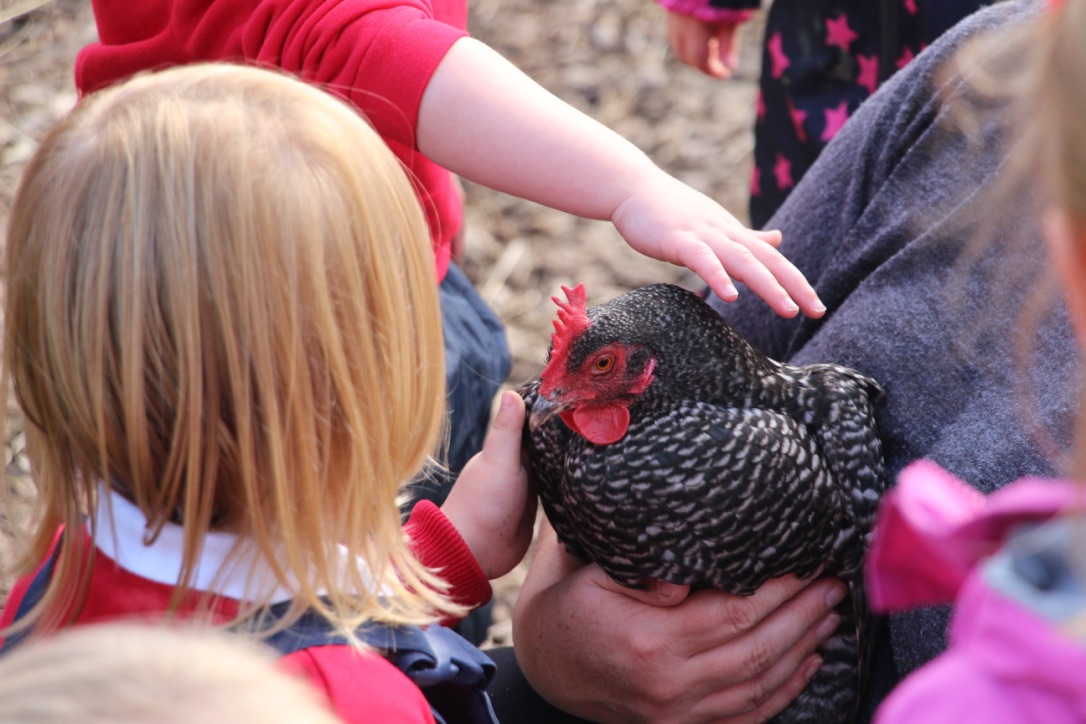
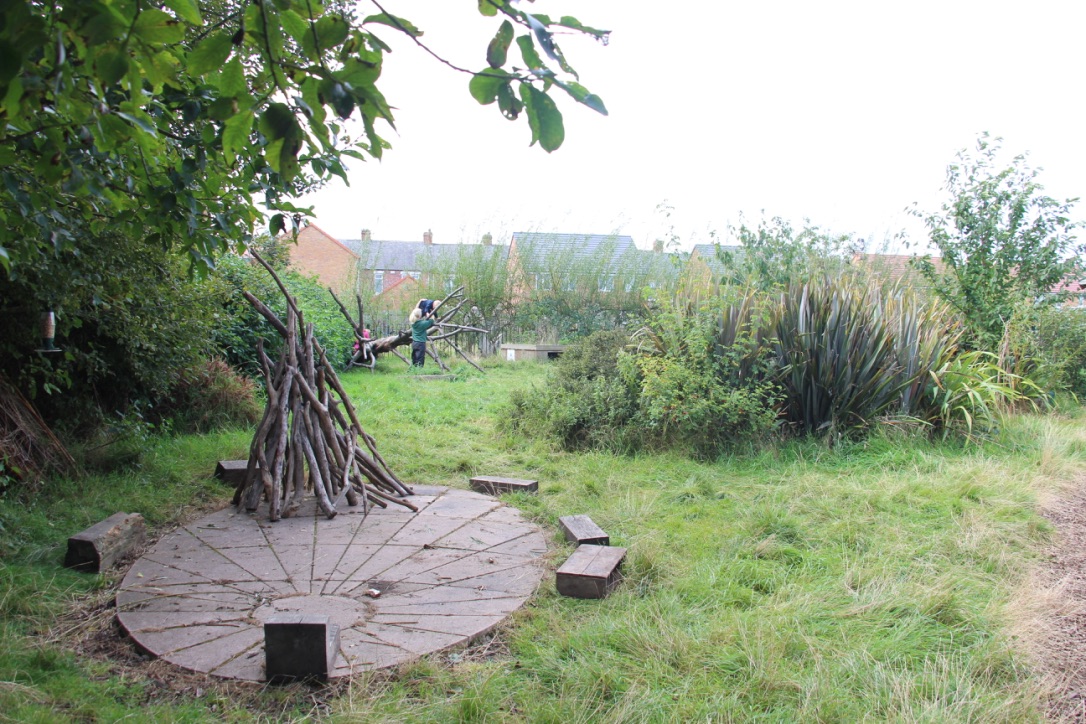
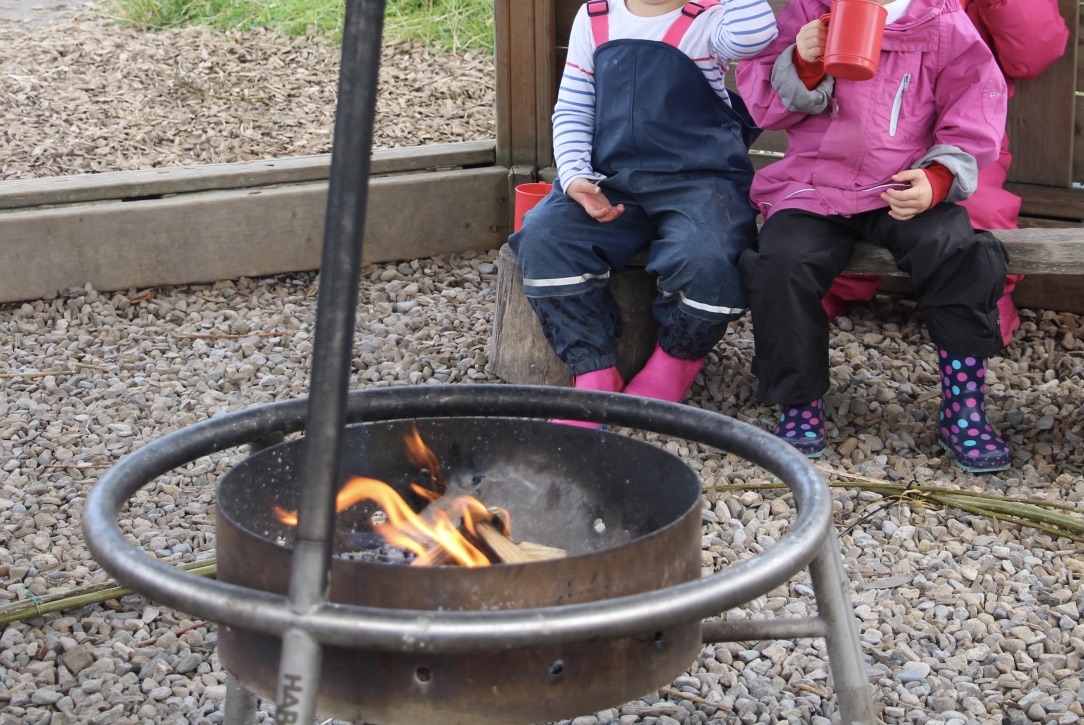
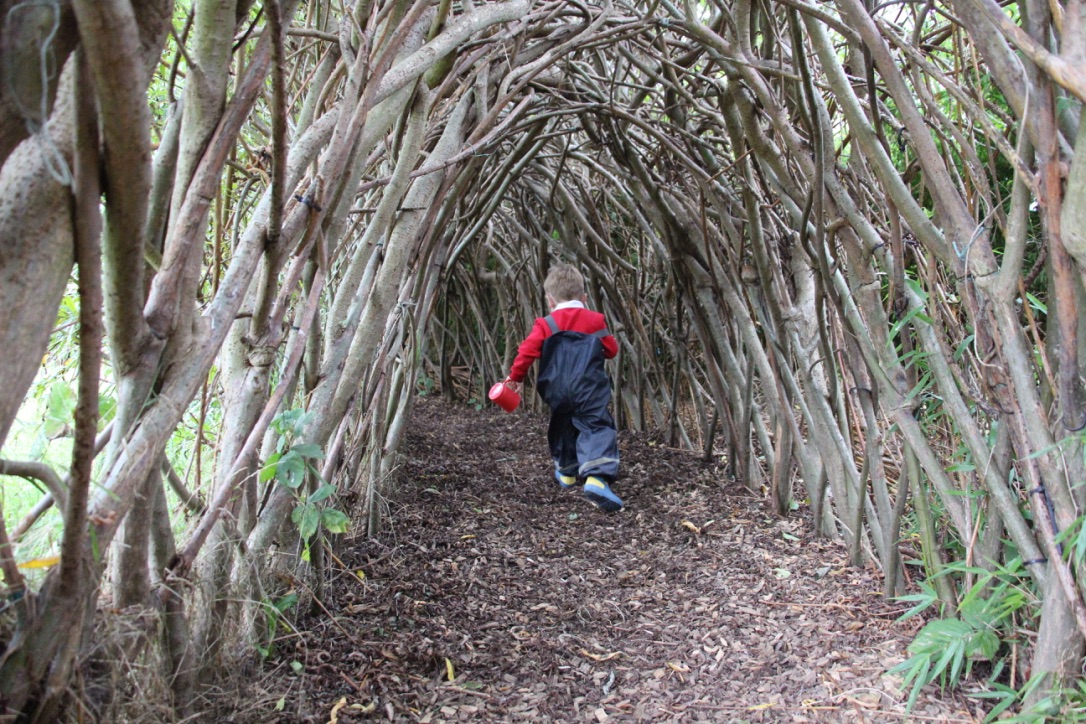
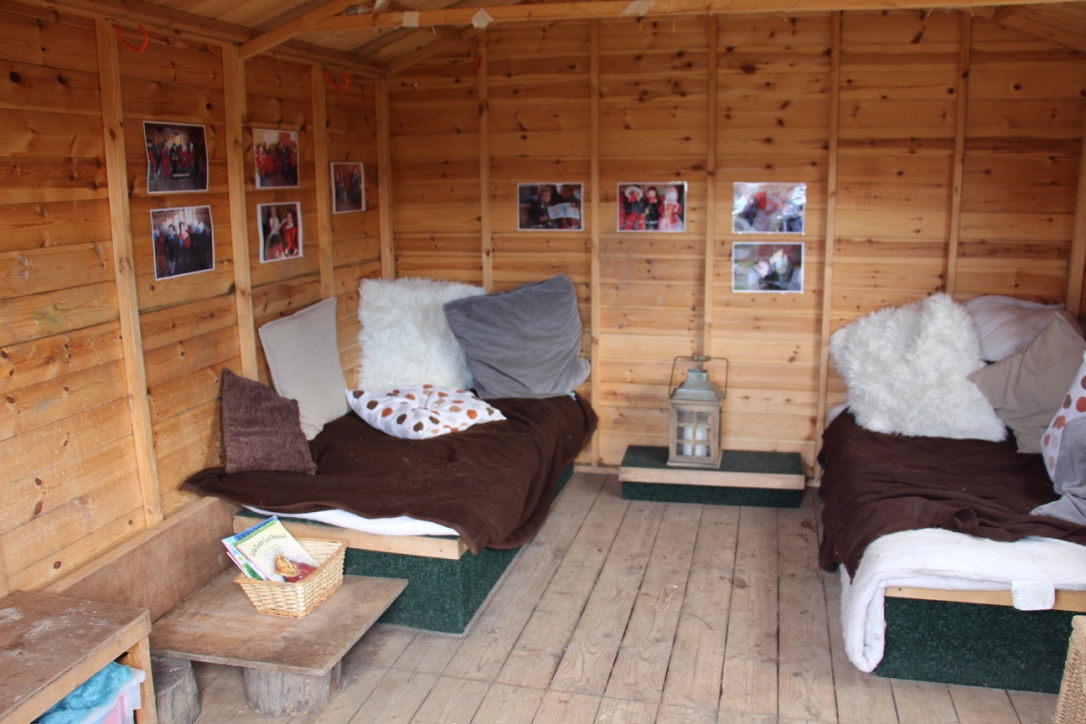
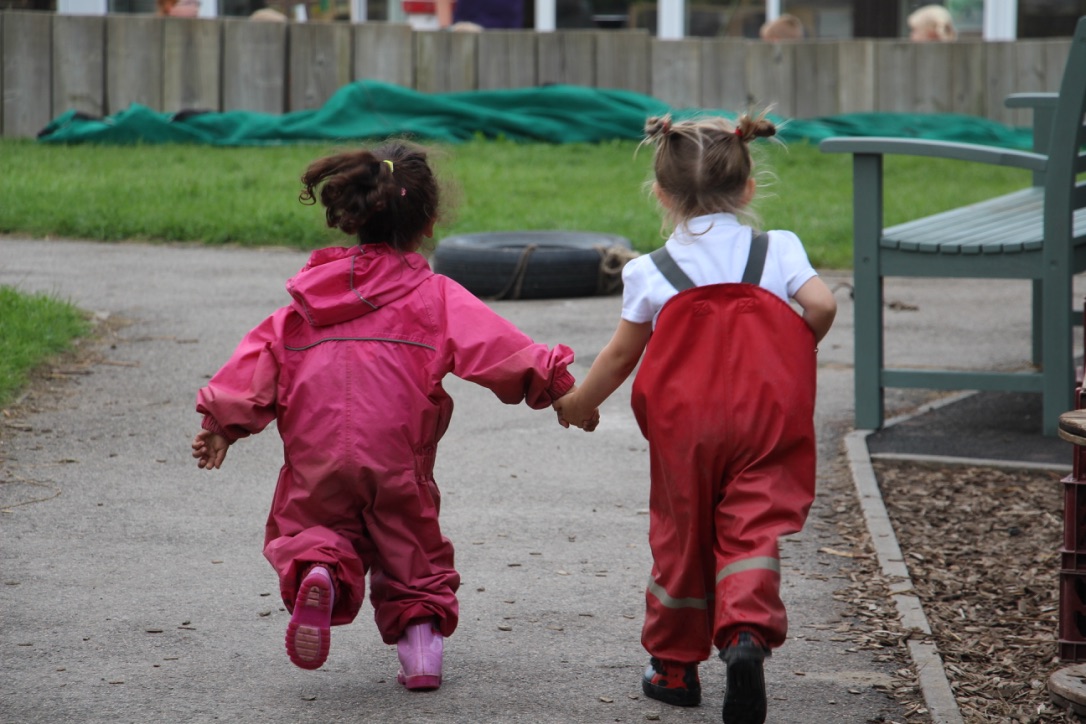
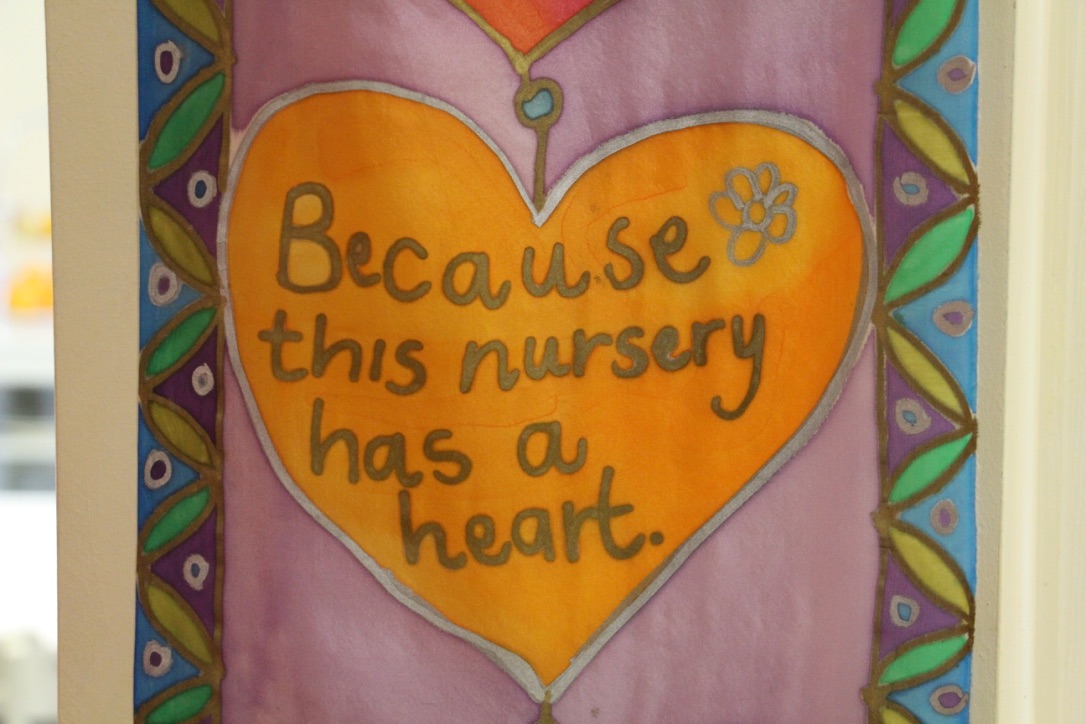

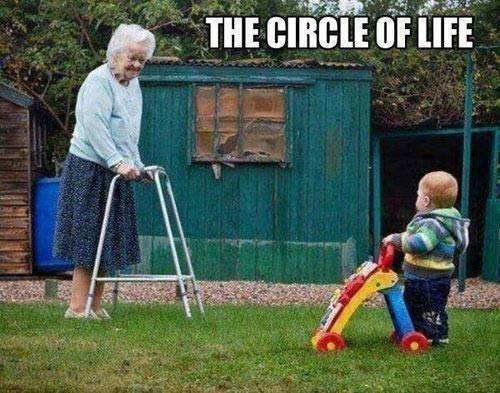

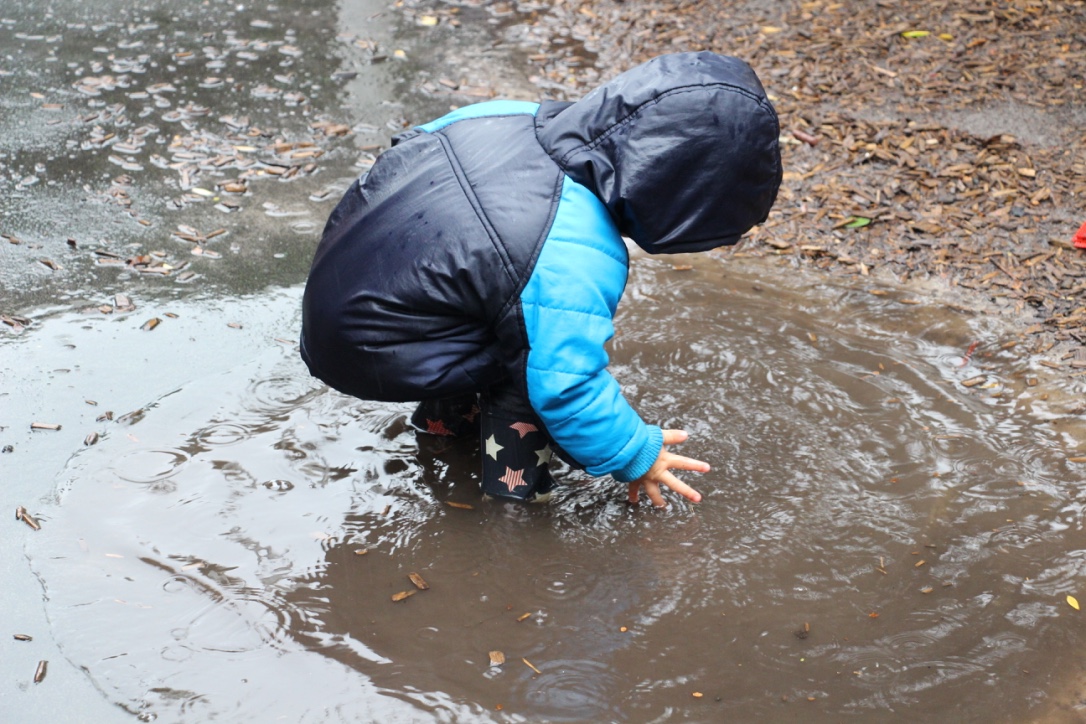
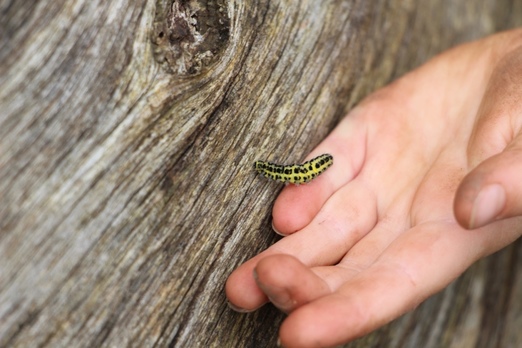
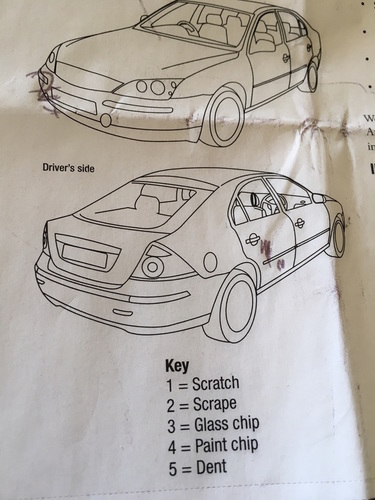
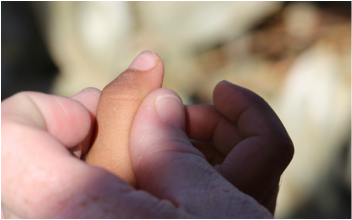
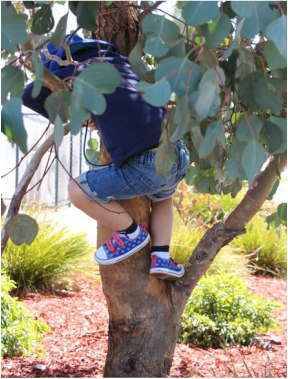
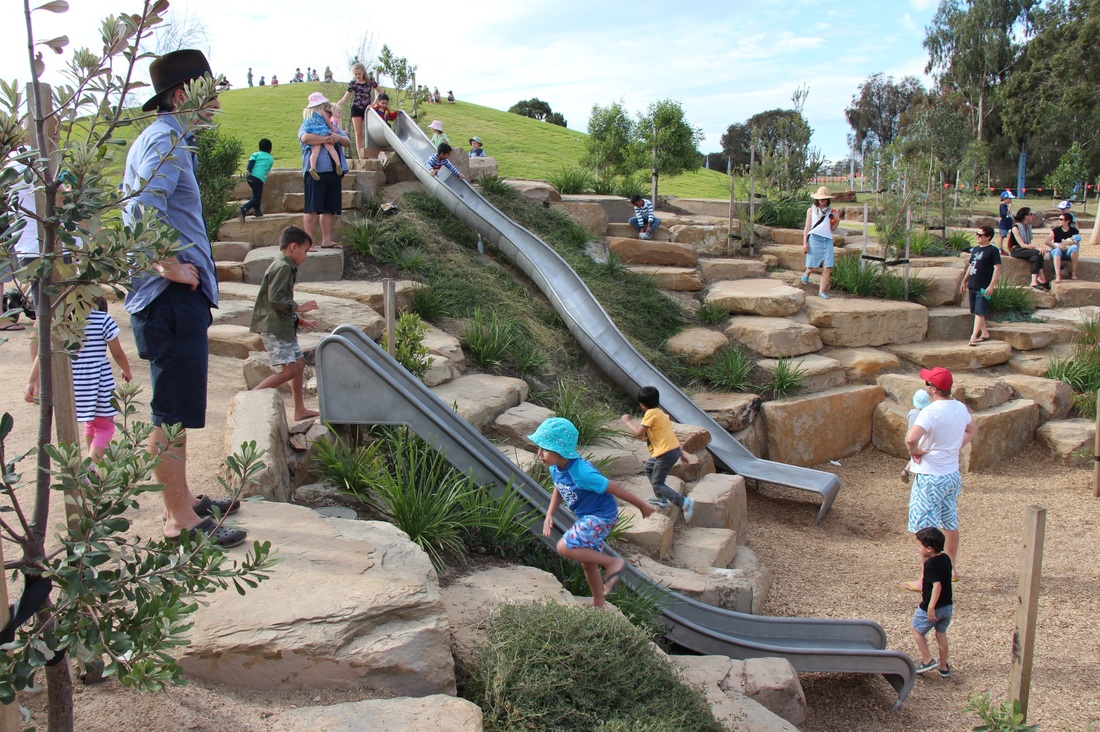

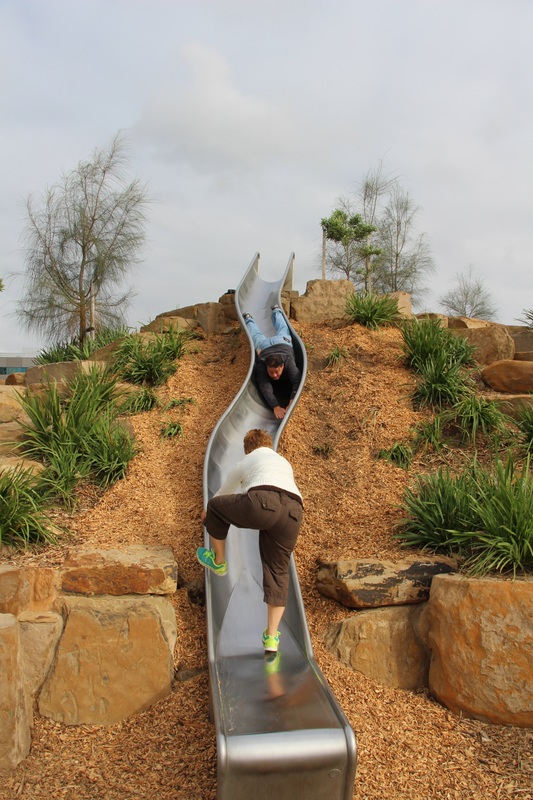
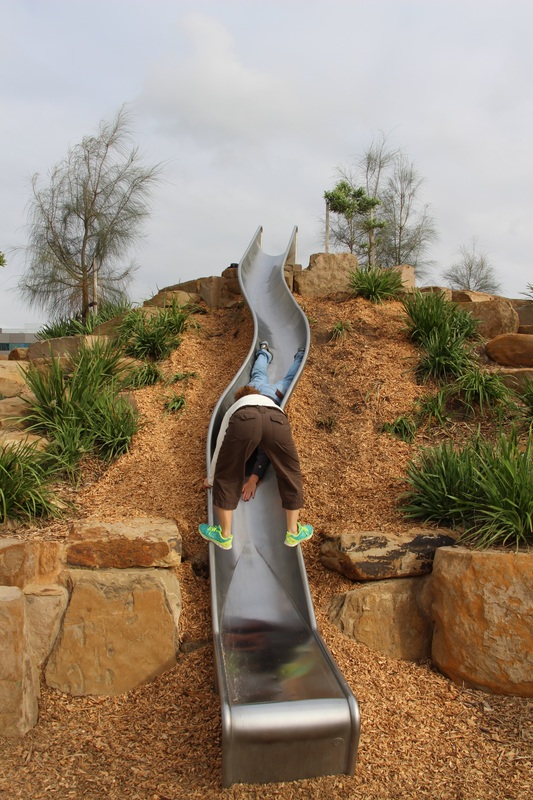
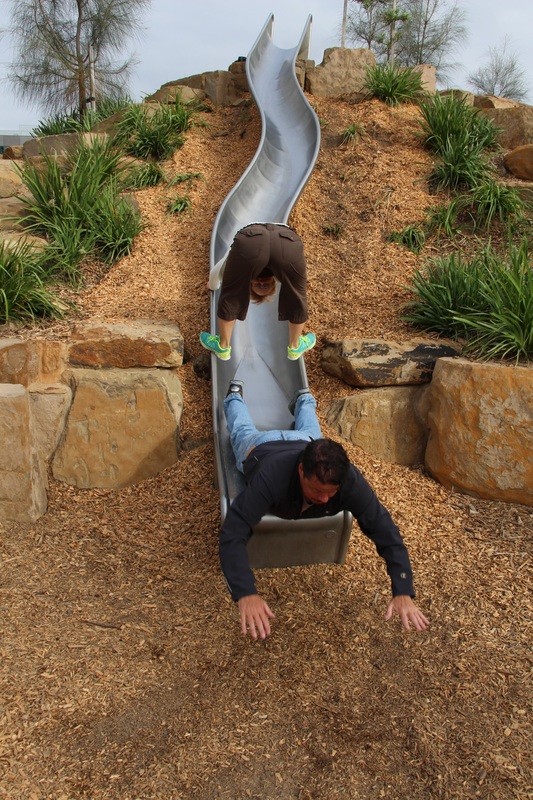
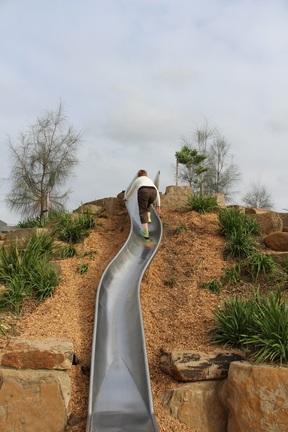
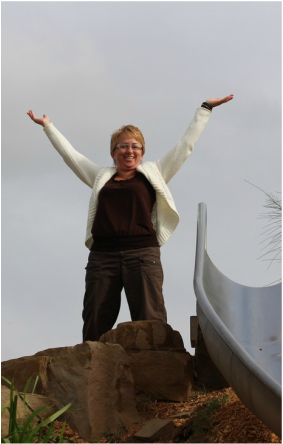
 RSS Feed
RSS Feed